| Before I started making test heads out of different materials I thought I would probably end up making the final thing out of papier mache. I absolutely HATED working with it in trying to make a puppet head and I definitely won't be using this method. I started by applying milliput to the lightweigt sculpey core to give the head it's basic shape. I then applied papier mache ontop of this. Because of the scale of the head it was really fiddly to work with and I didn't manage to get any definition on his face. (I did give up really quickly without having got very far, but there is no point persevering if it's not going to work anyway!) |
0 Comments
Once I covered the whole head I added bith of ripped up book page onto the surface.
I was surprised at the end result that it did have a papery quality to it. However it was also quite shiney due to the application of the latex so I would like to test this head under camera to see if it does look too shiney. After my meeting with the stop motion technician I tried out her different suggestions for eyes in my balsa wood head: Dowling balls I quite liked these but they are too round in terms of what I want the aesthetic to look like. Black pins - raised out of head I really liked the suggestion of using pins and in particular thought the black pins raised out of the head worked particularly well. Black pins - set in head White pins - raised out of head White pins - set in head
A four wire spine
I've started to carve a head out of balsa wood, it was a material suggested to me that might work well in a previous feedback session. Here's how I got on:
I have started making protypes following the last scale drawings that I posted up here. I have decided to make two, each out of different thickness wire so I can see which better suits my puppet. Here are some images of the making of the armatures: Left armature is made out of 1.2 mm wire, the right is 0.9mm.
This is the product of my day today. I've been working on a new scale drawing of the librarian puppet along with a new design for the armature. Following my previous designs with the abnormally positioned shoulder joints and finding these didn't really work, I have re-worked my design back into a more 'normal' human body shape. I have also re-worked his outfit so that the coat tails are on the back as the main shot of his whole body is from behind him and will look better on screen. I'm still yet deciding on the design for his head armature, it depends on what materials I use to create it. If I carve his head out of balsa wood then he wont need a lightweigh core, the K and S will slot straight into this, however if it is made out of paper mache or mod roc then it will need a lightweight core for the K and S to sit in.
It was suggested to me in a feedback session on my work in progress that I look at making the puppets head out of something like balsa wood or paper mache which will give it a more tactile and angular feel (and will also be extremely lightwight!). I am going to try those particular methods but this got me thinking about other lightweight materials that may work well.
|
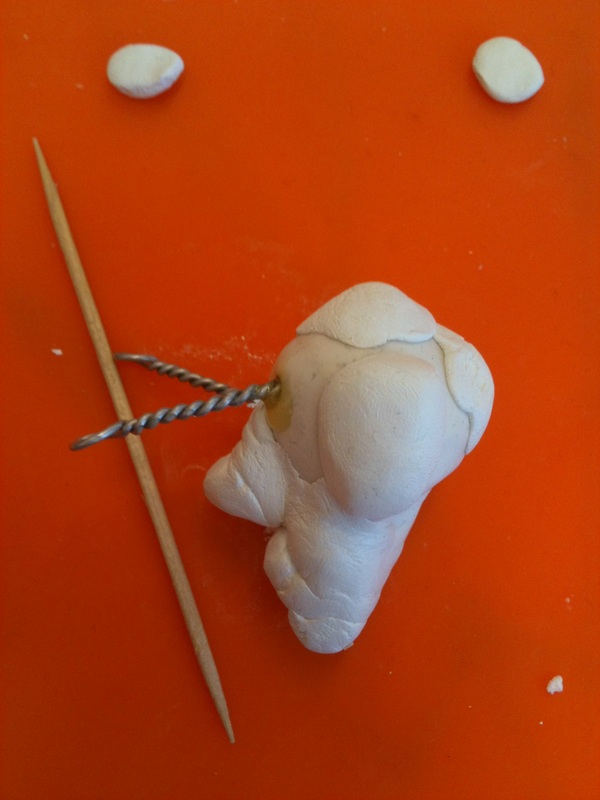
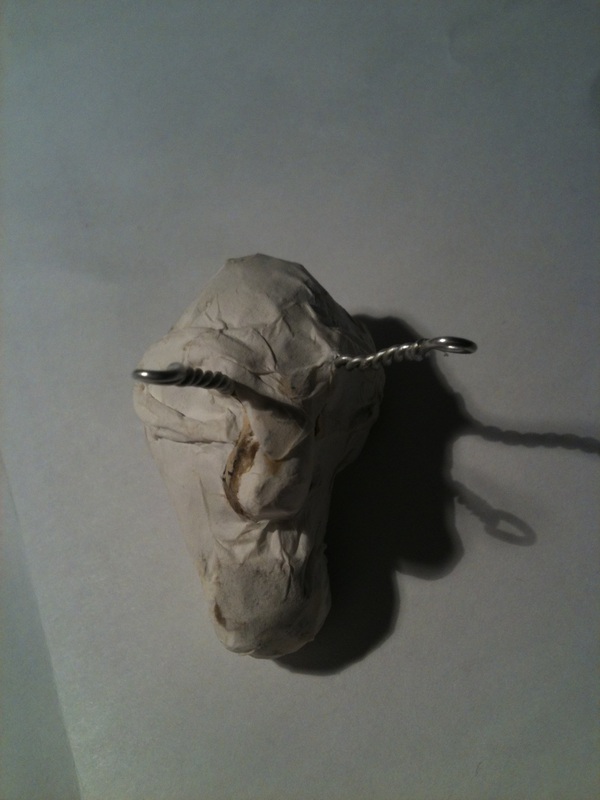
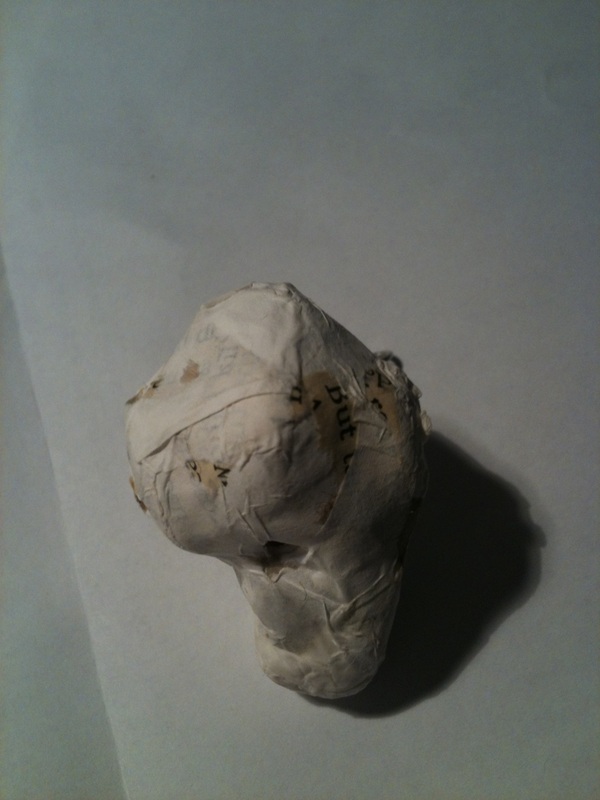
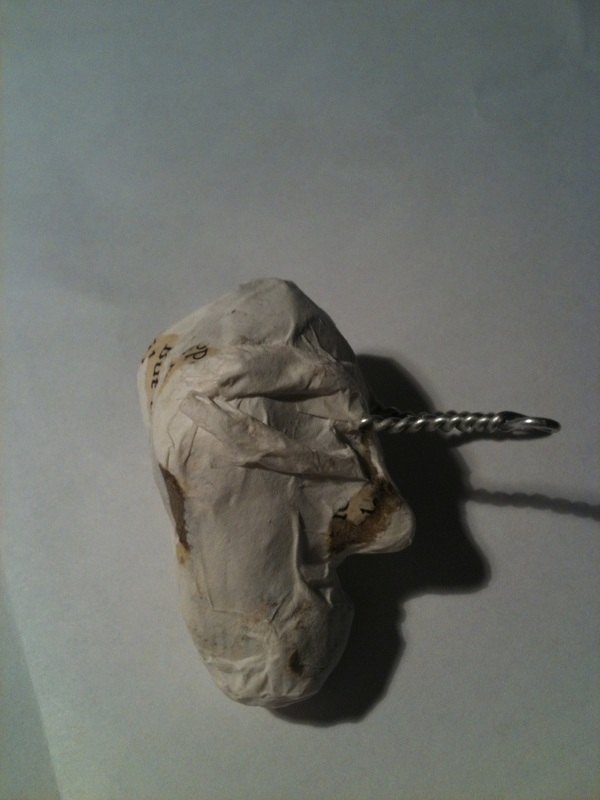
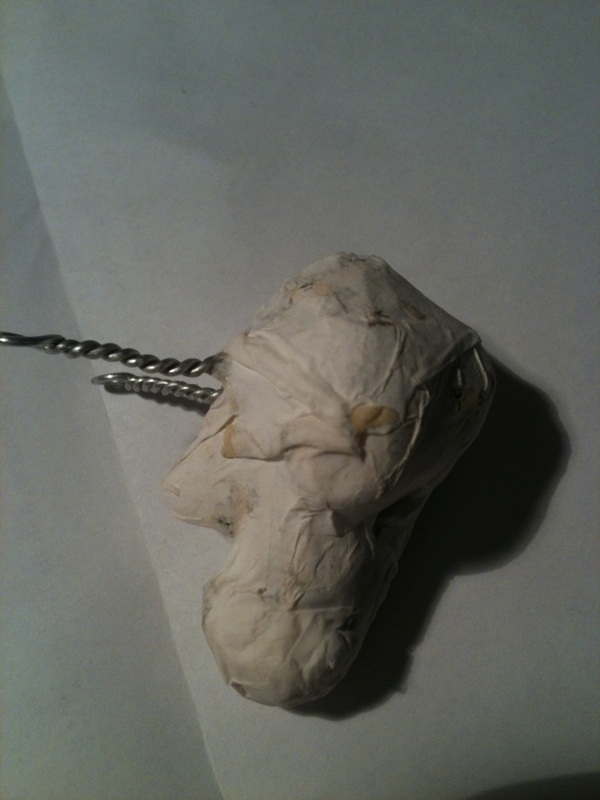
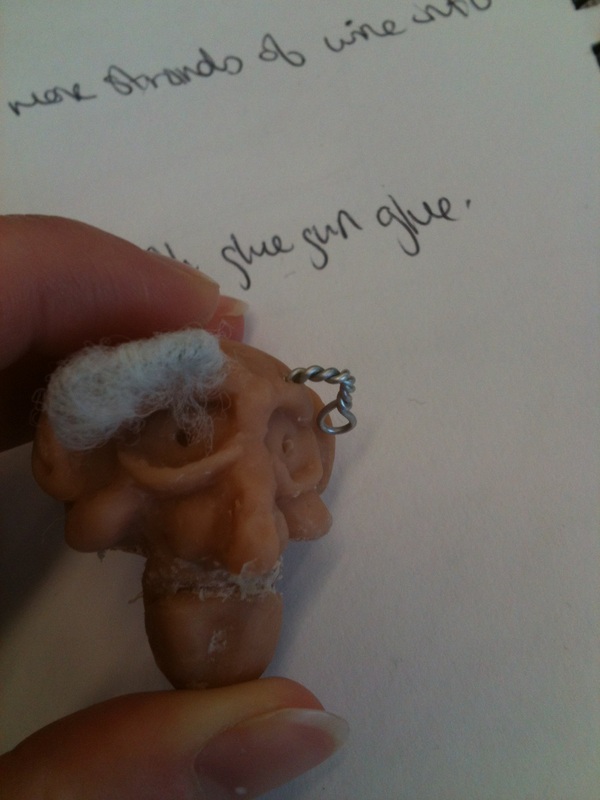
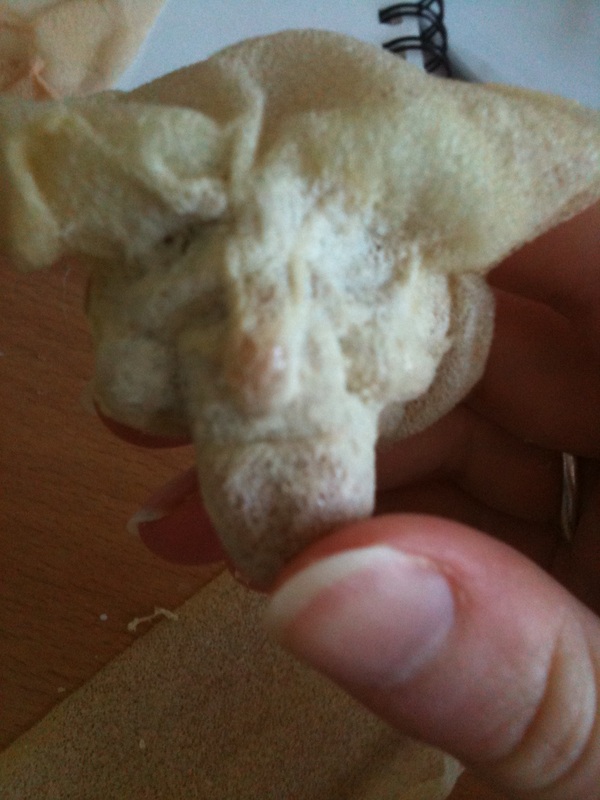
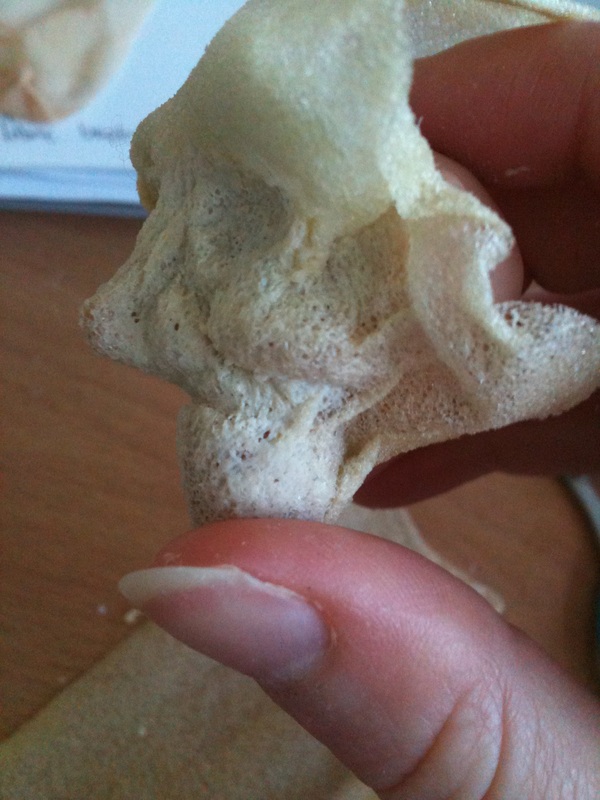
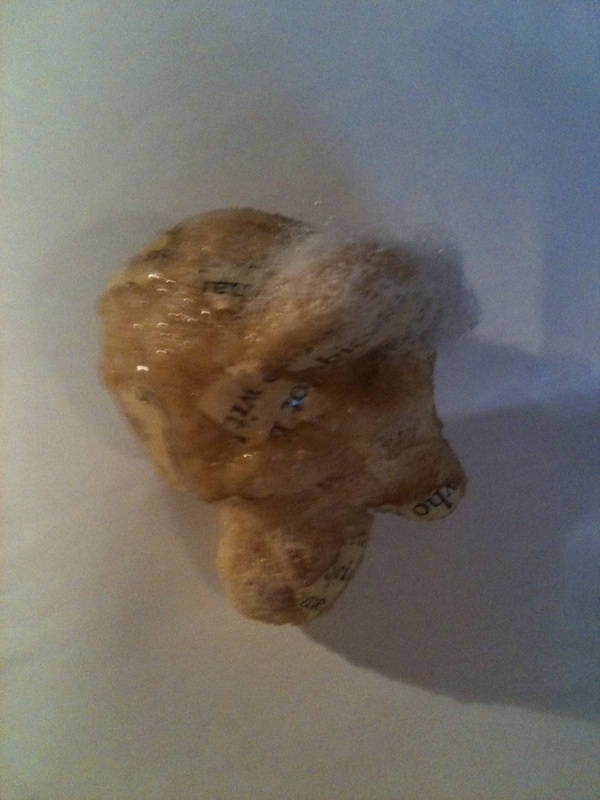
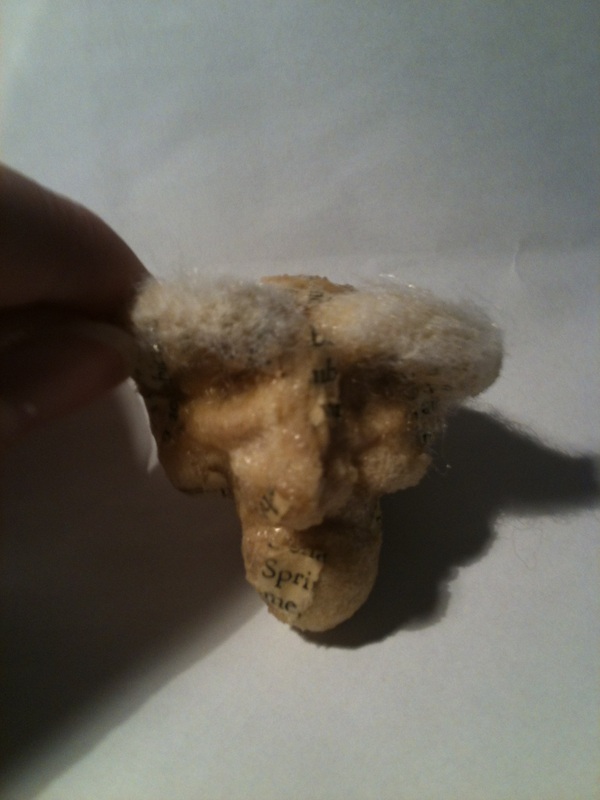
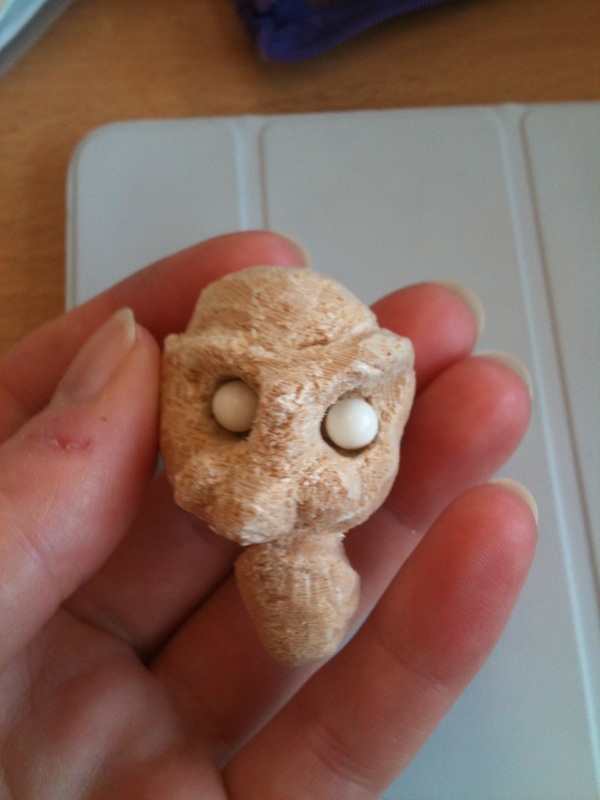
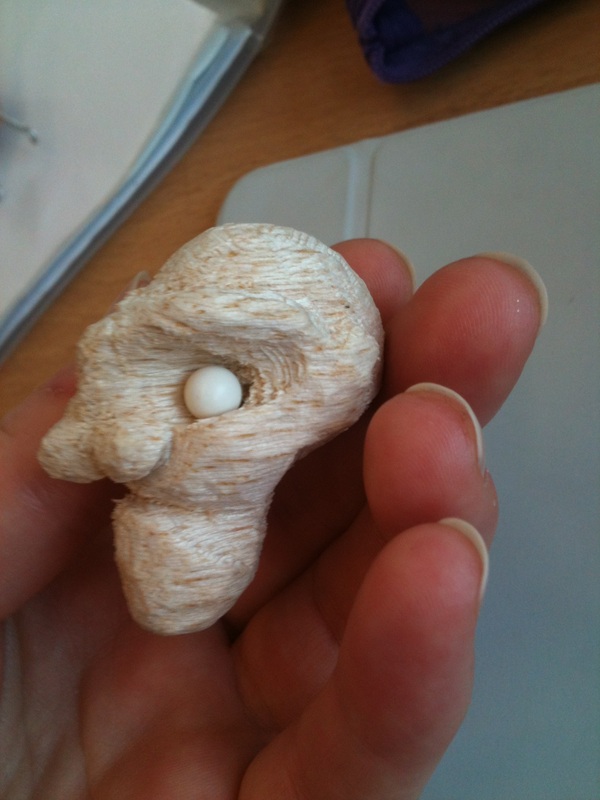
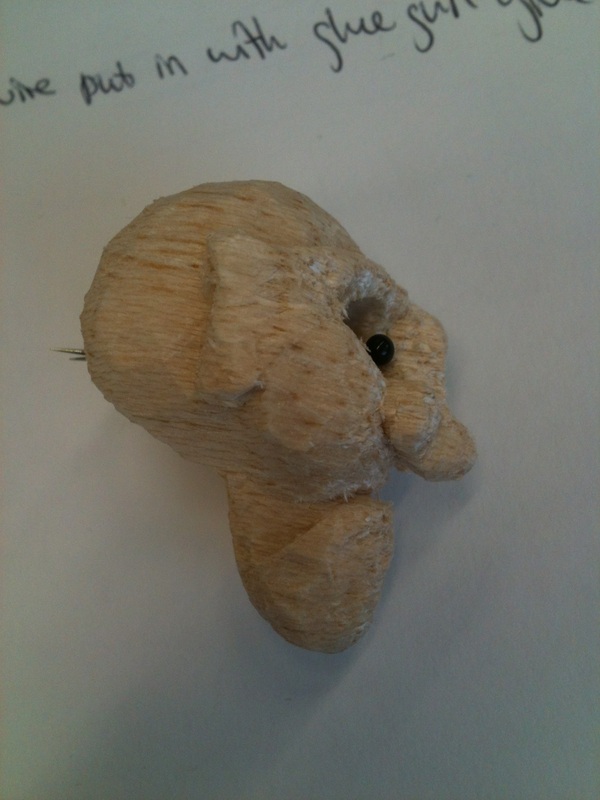
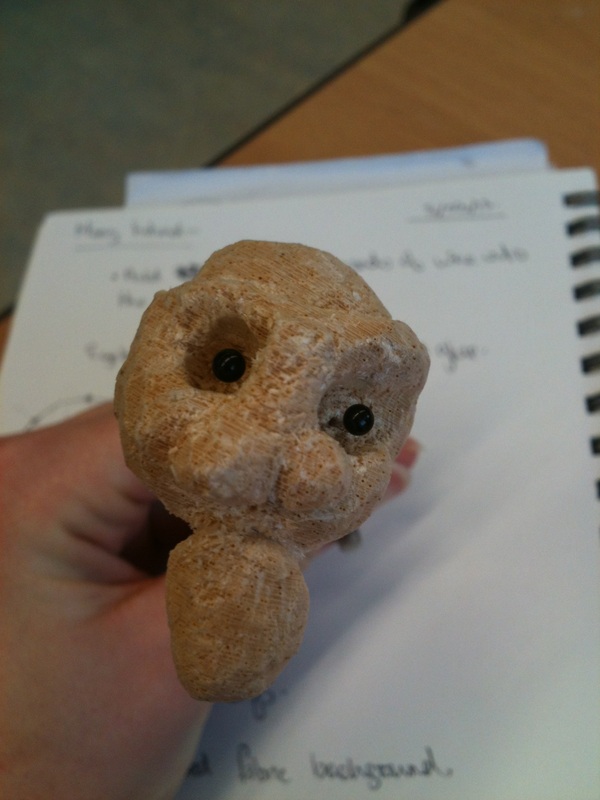
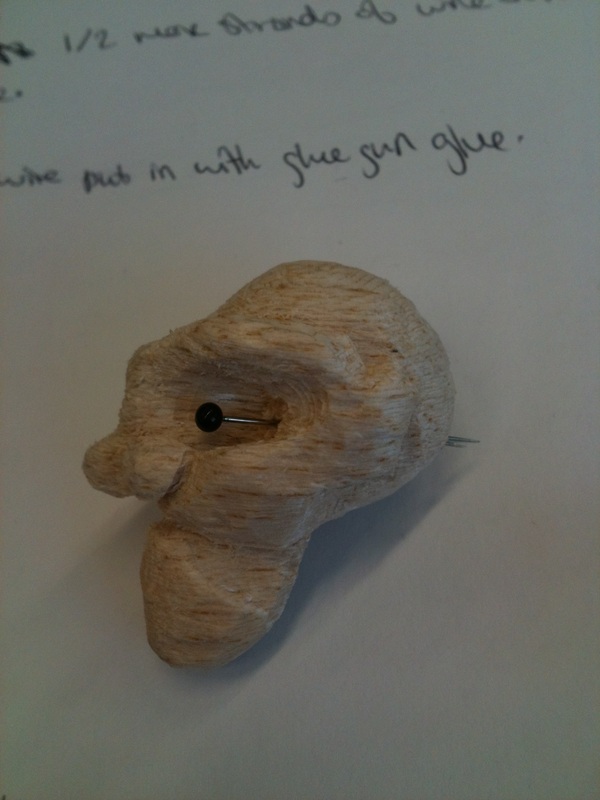
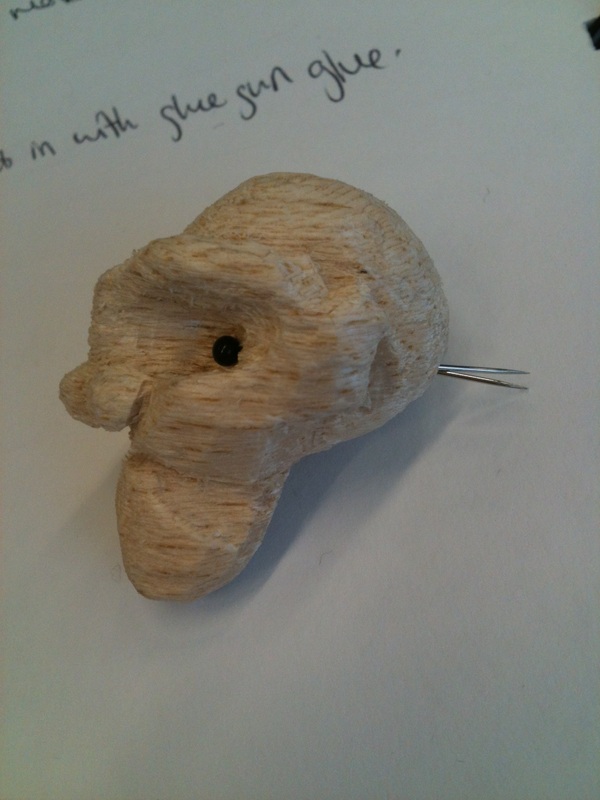
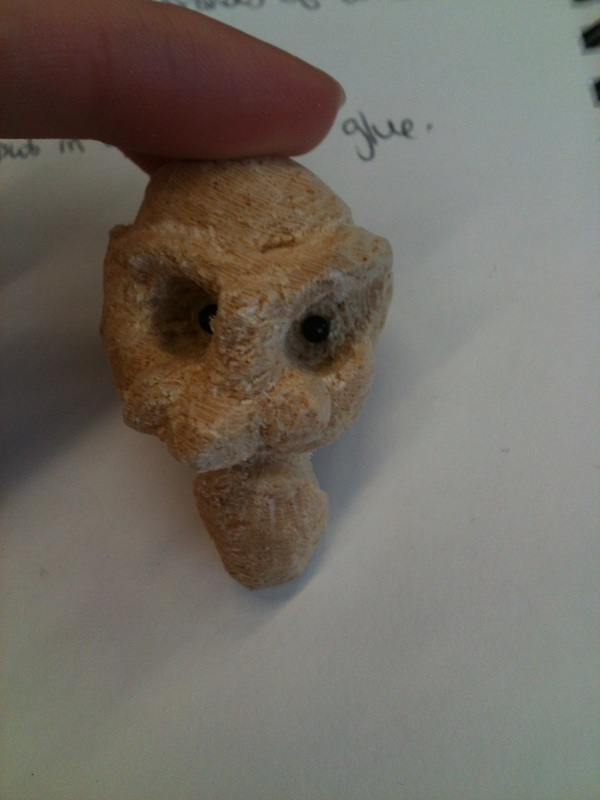
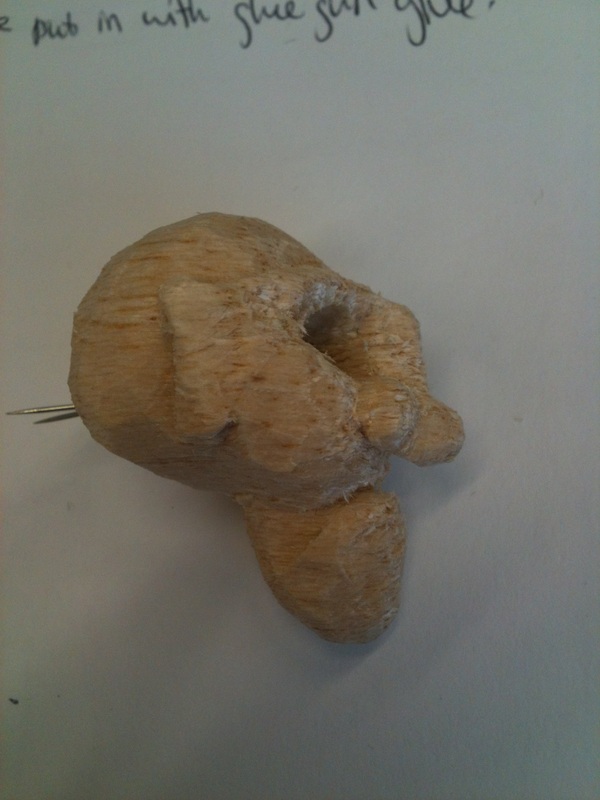
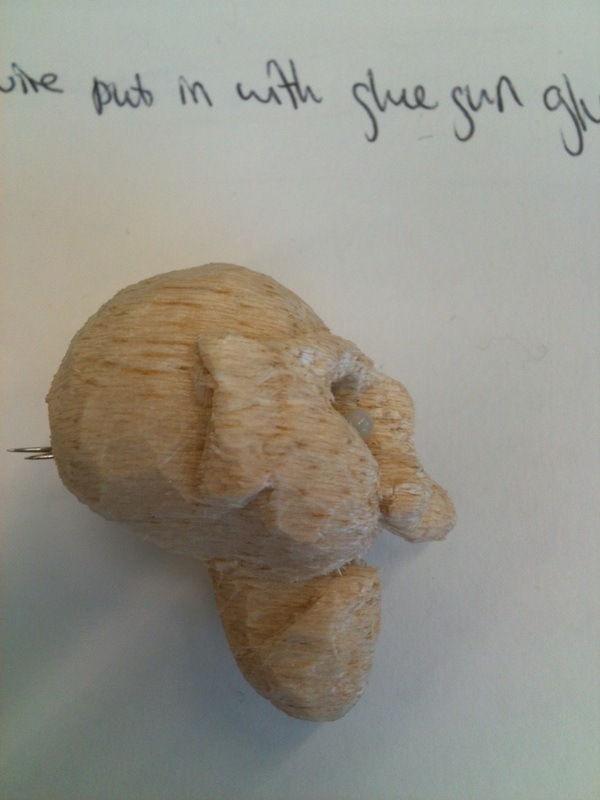
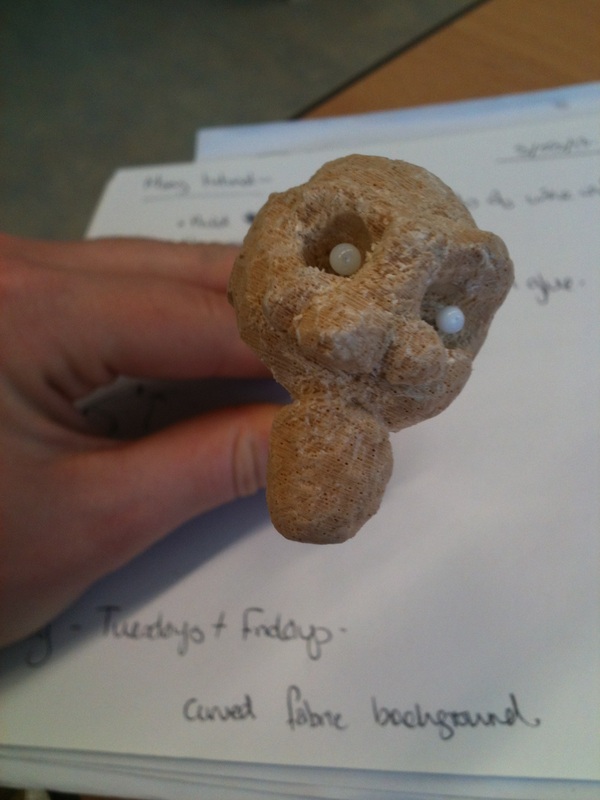
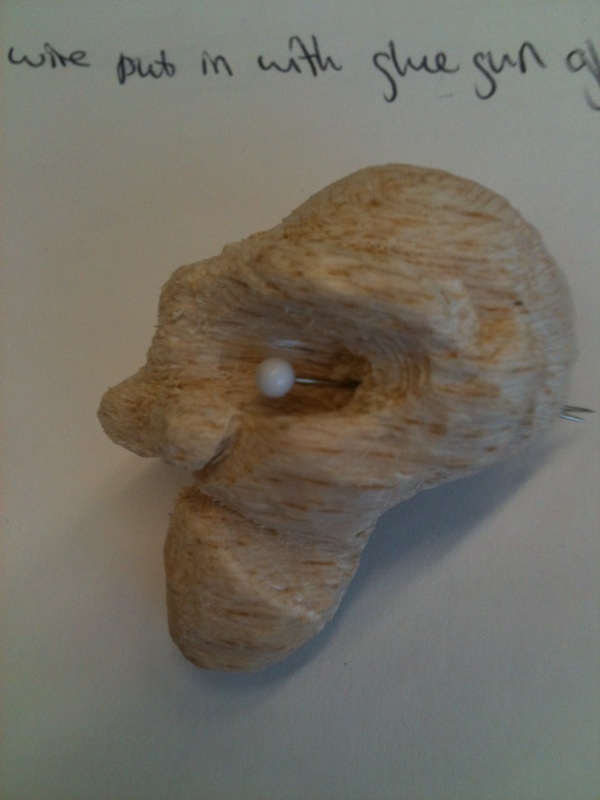
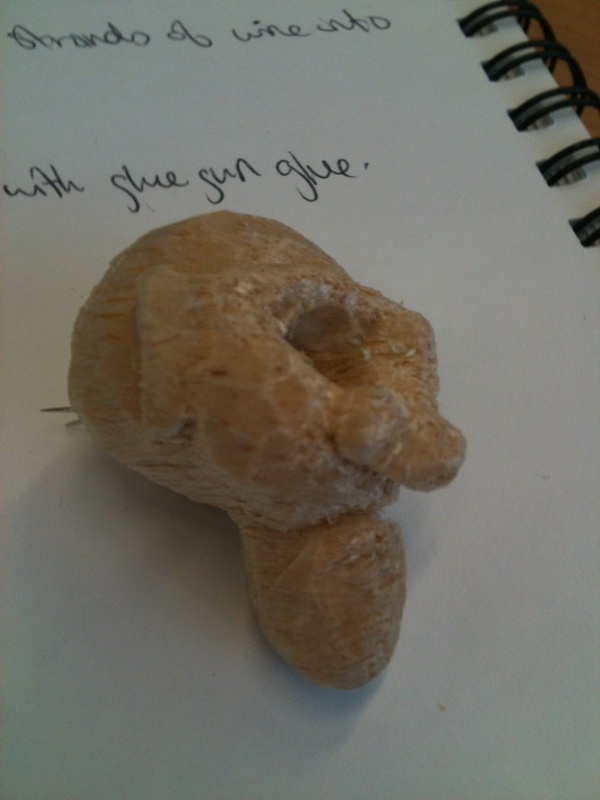
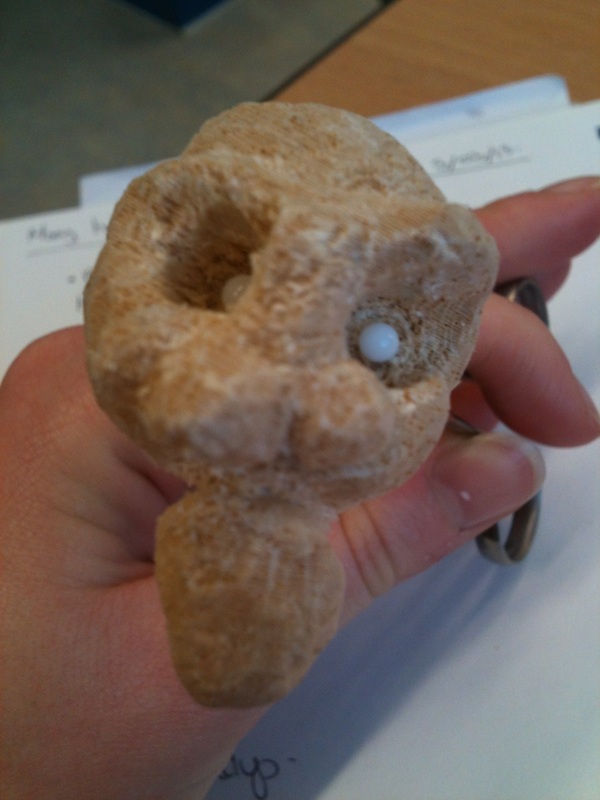
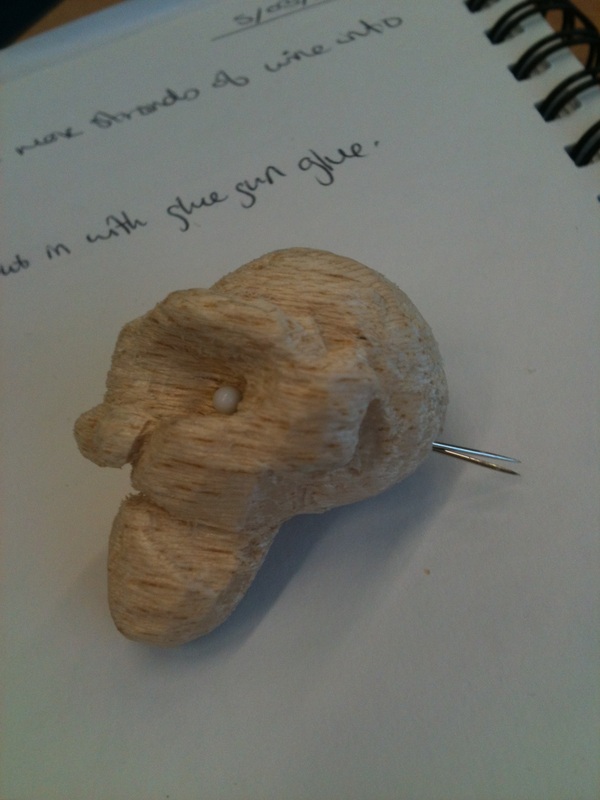
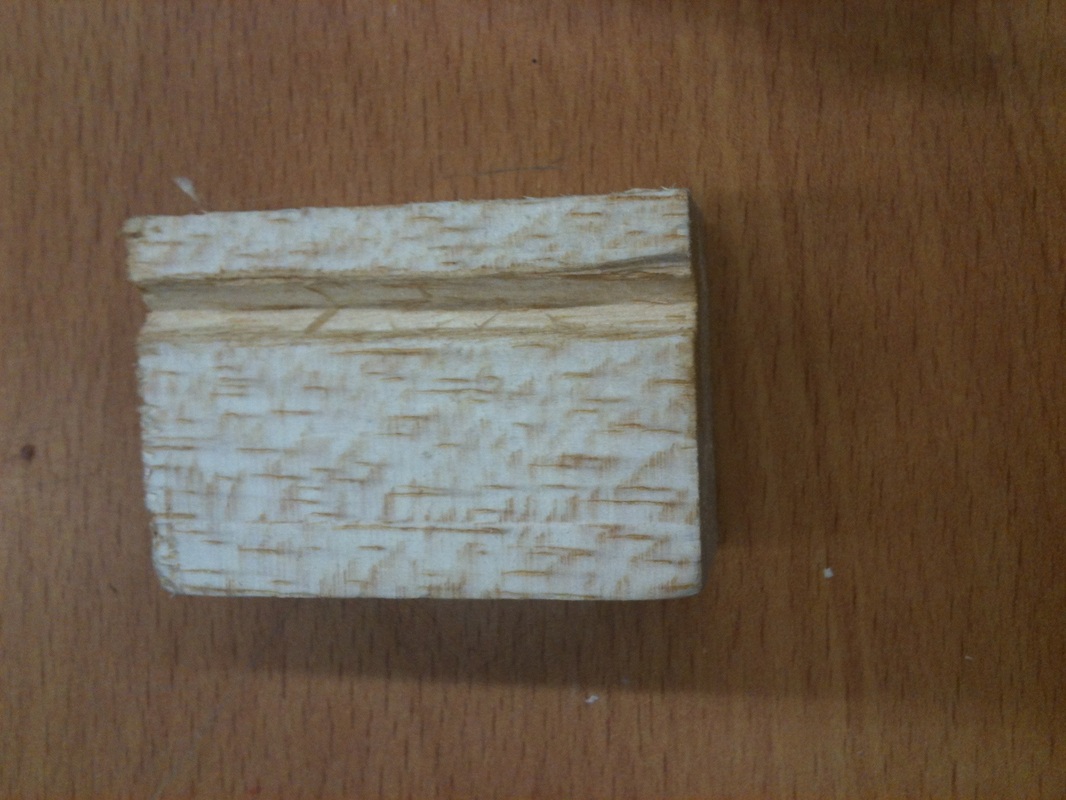
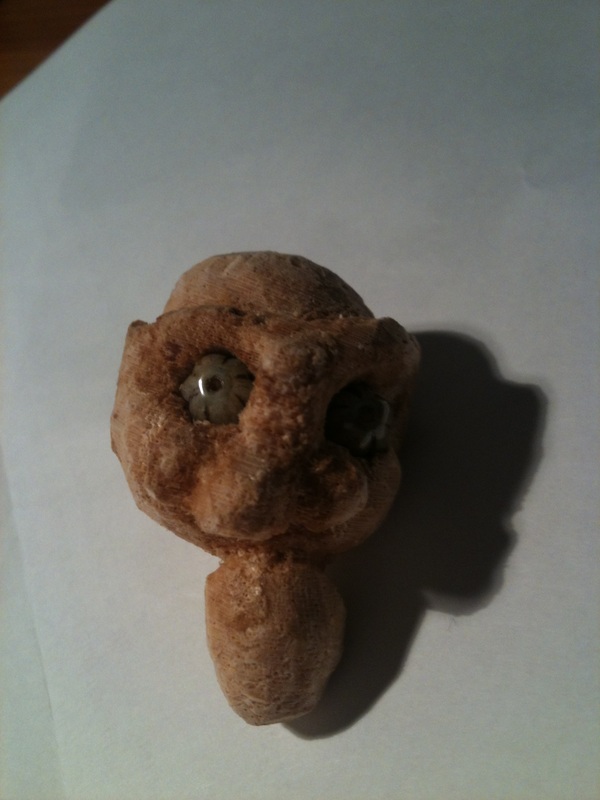
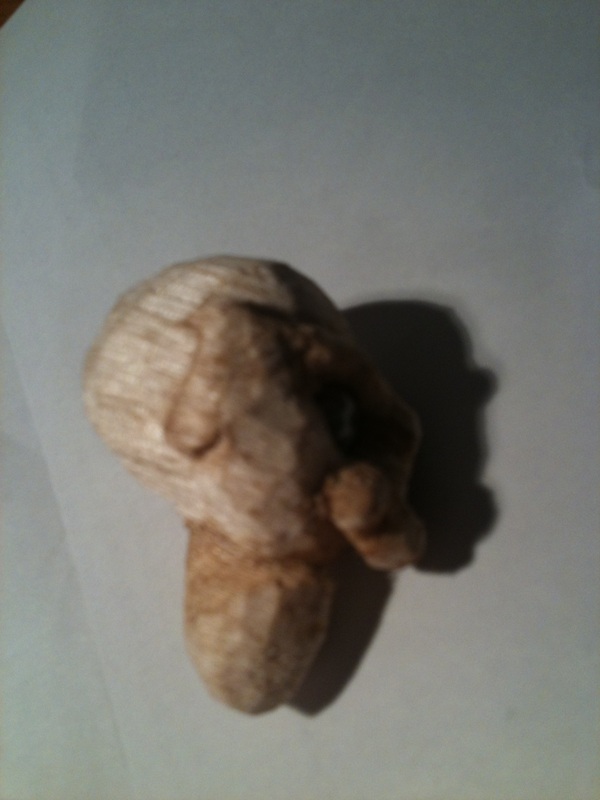
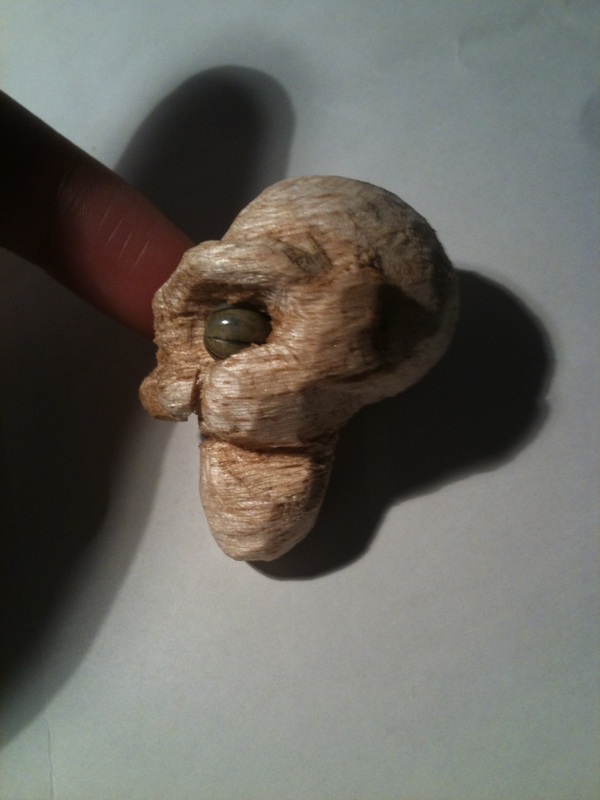
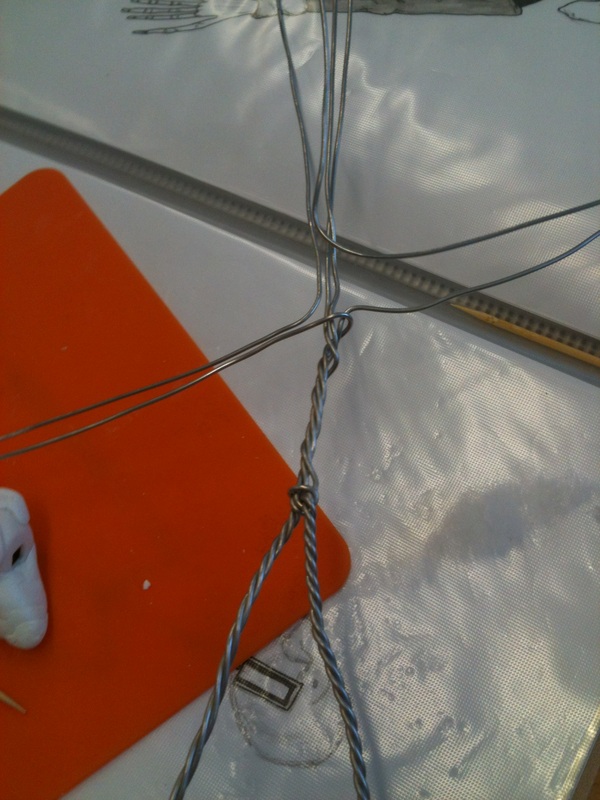
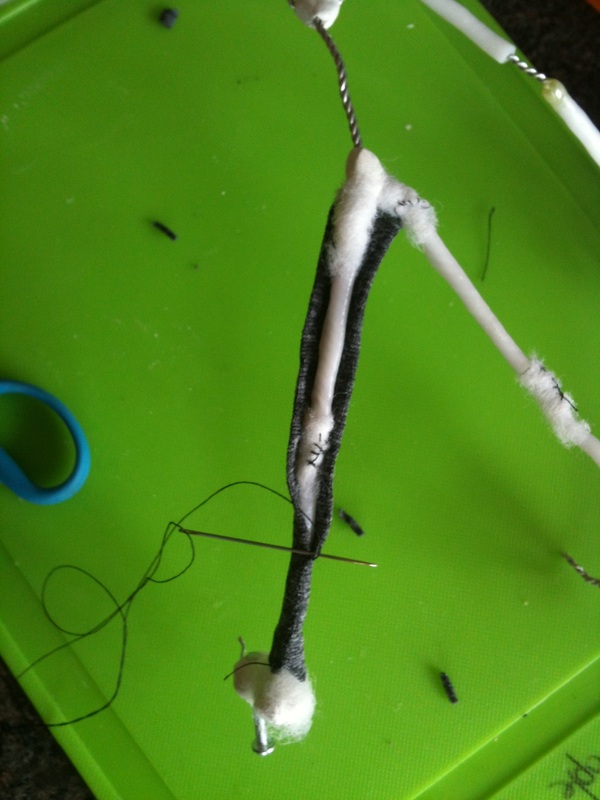
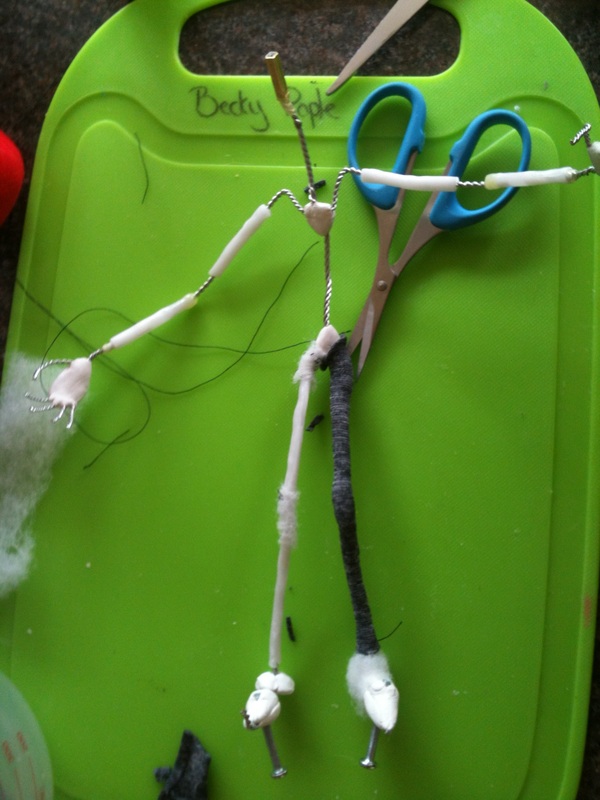
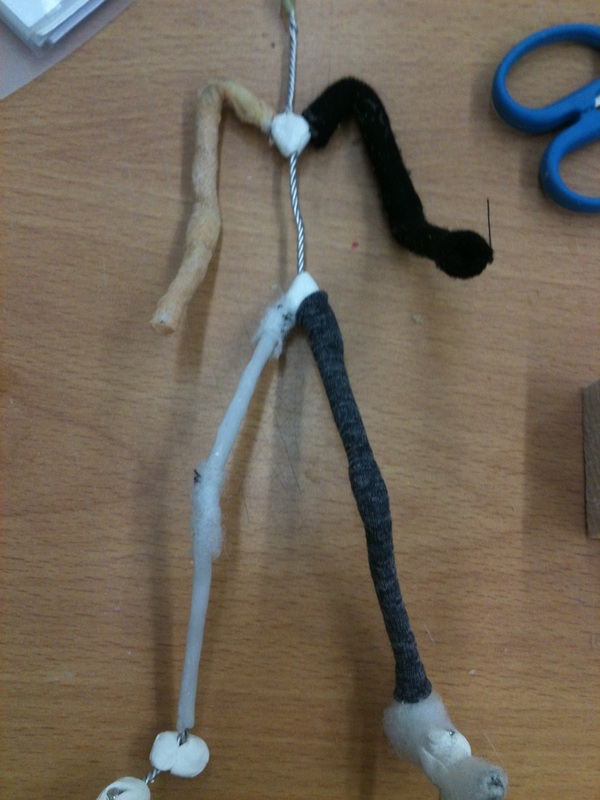
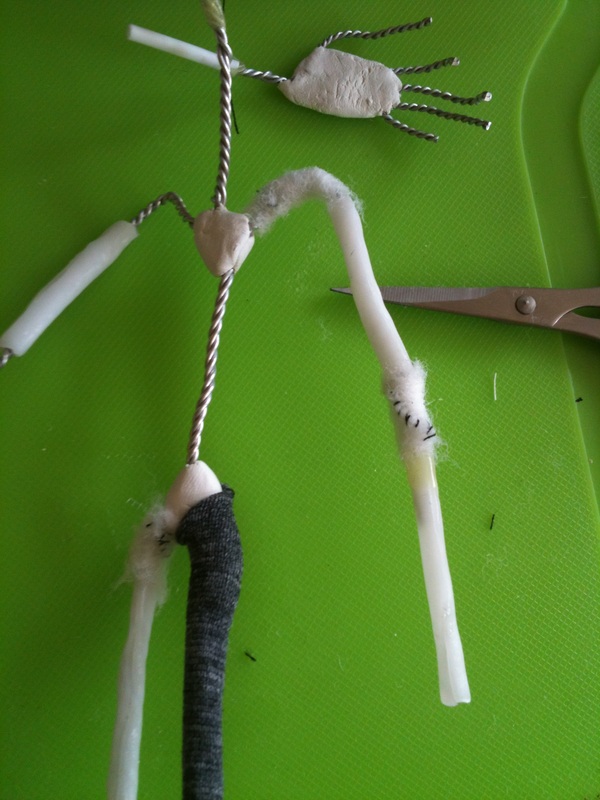
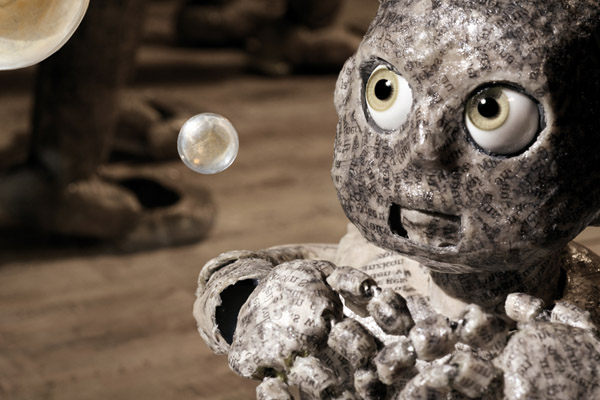
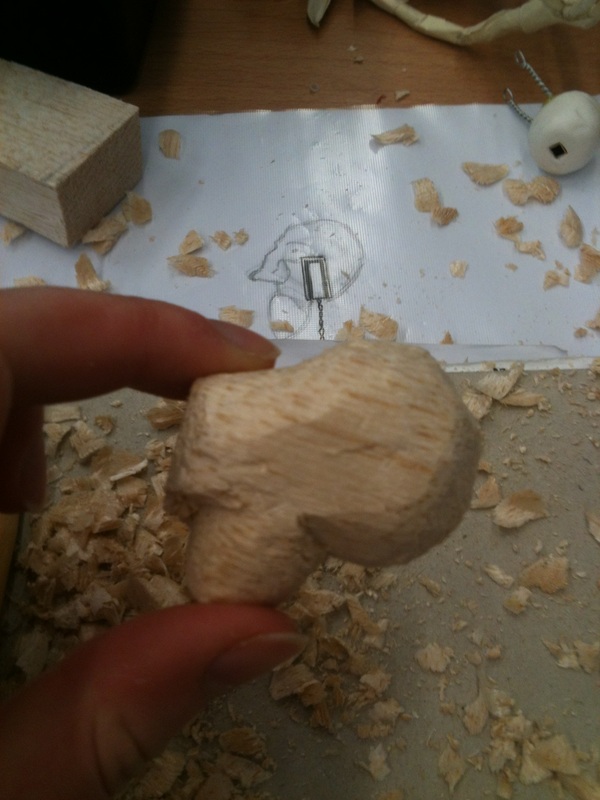
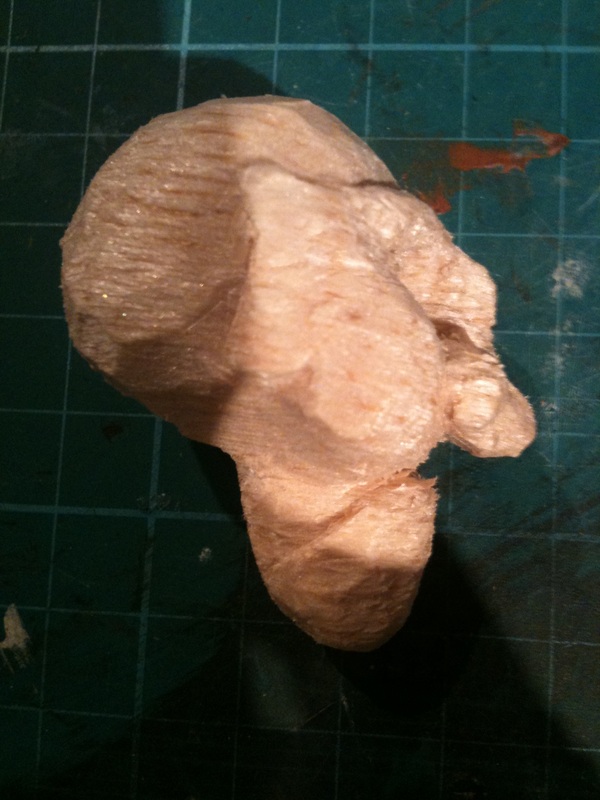
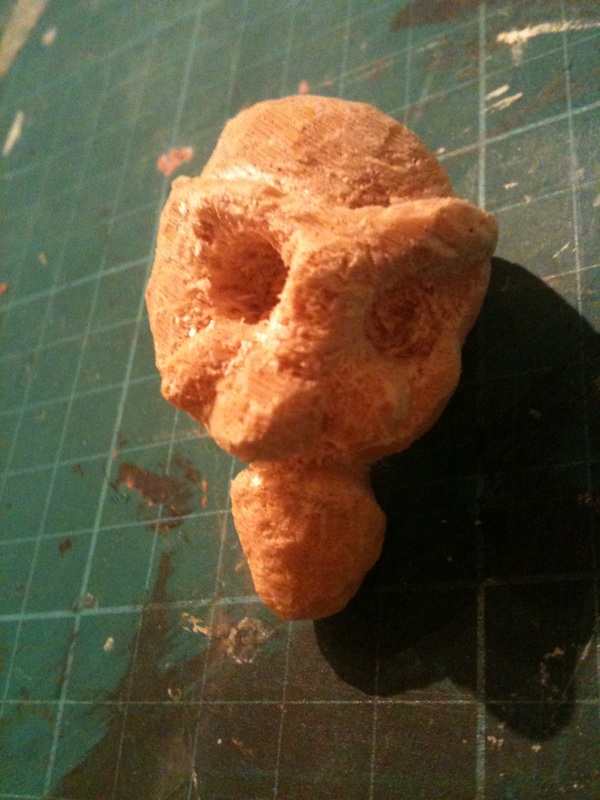
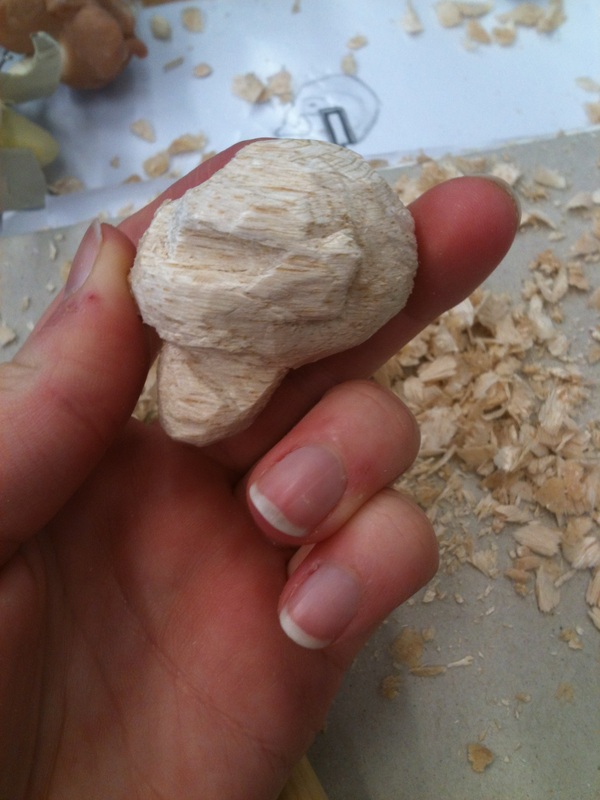
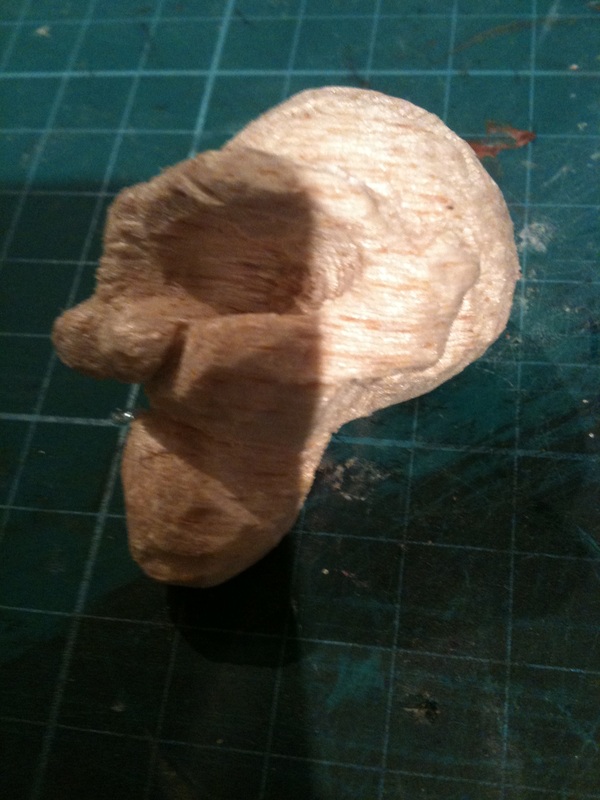
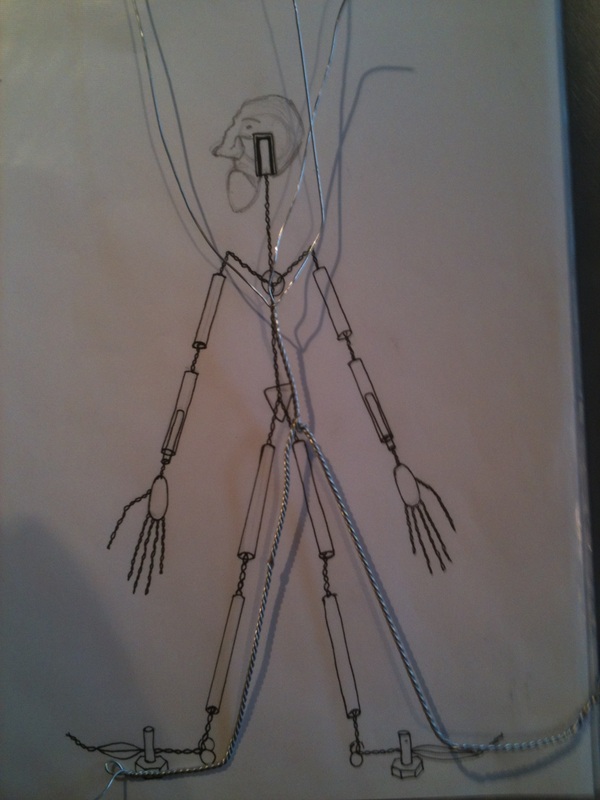
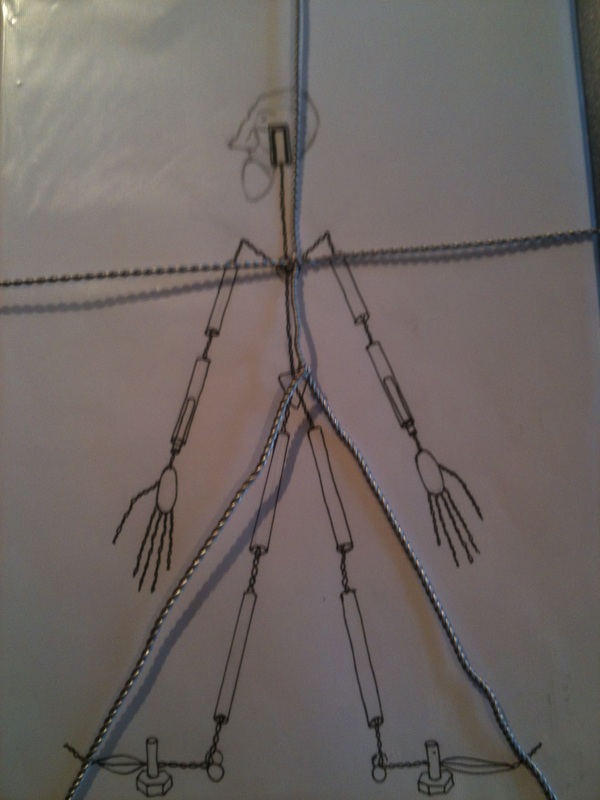
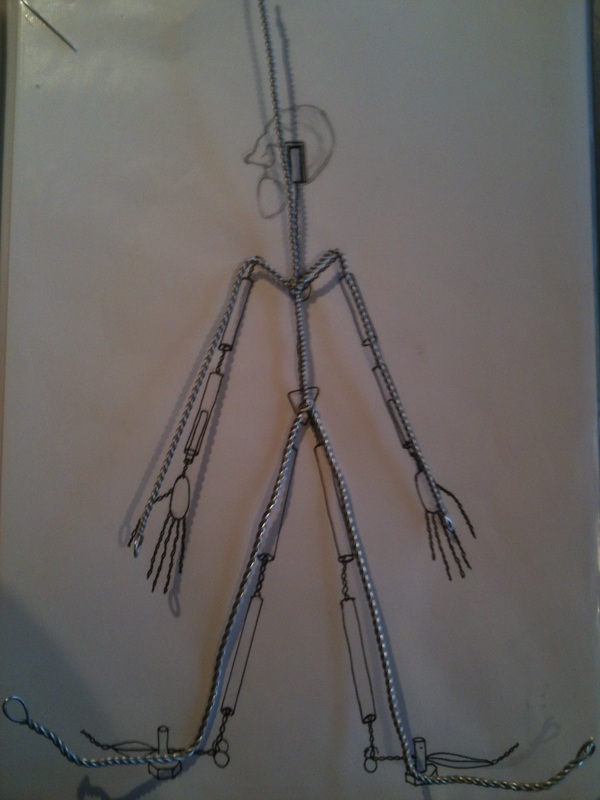
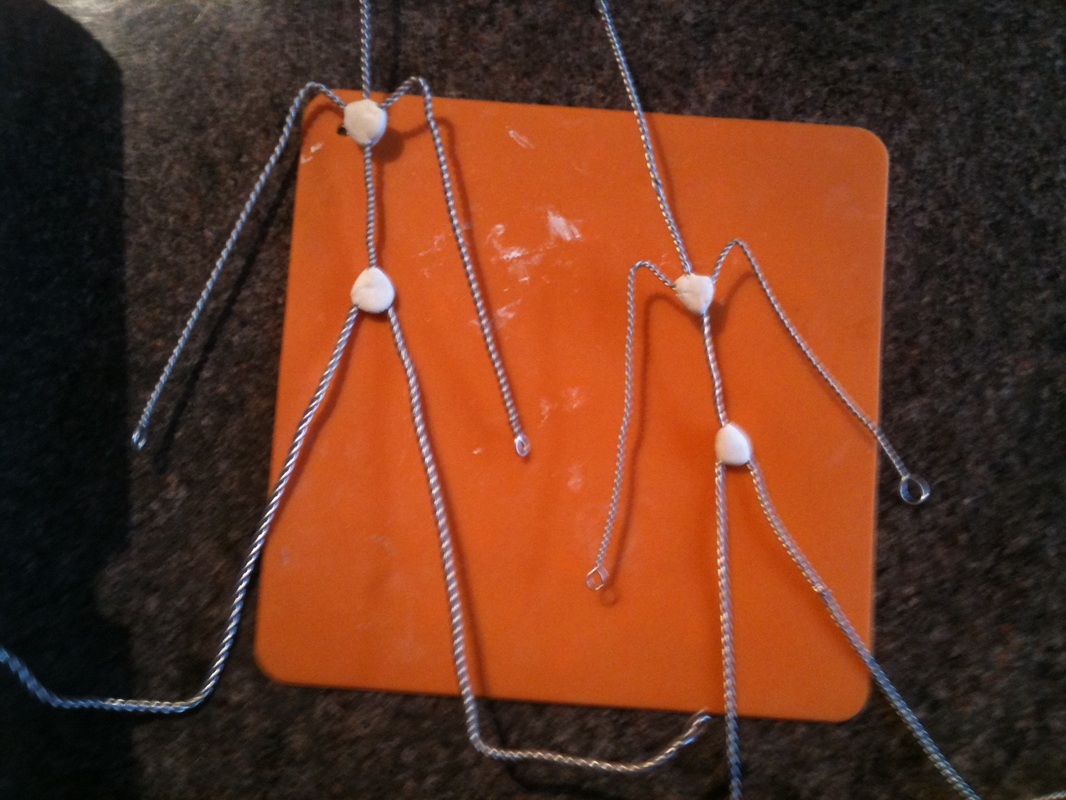
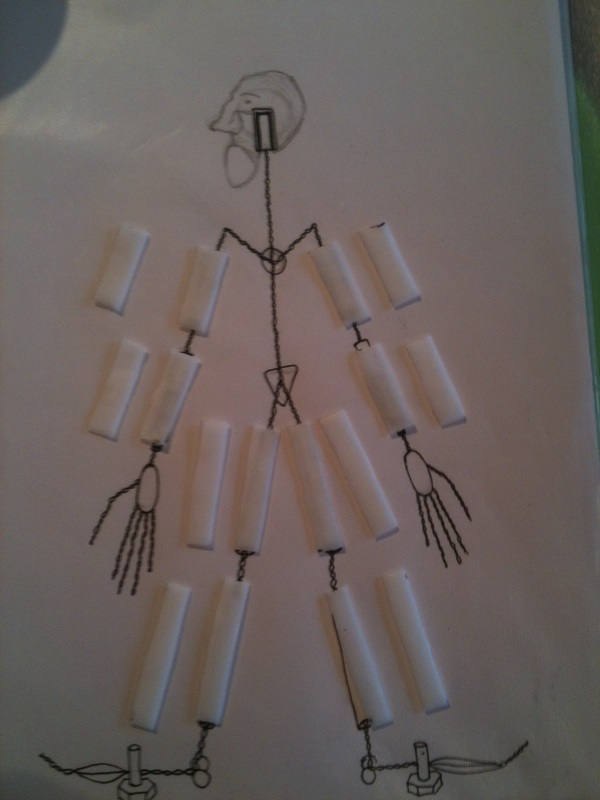
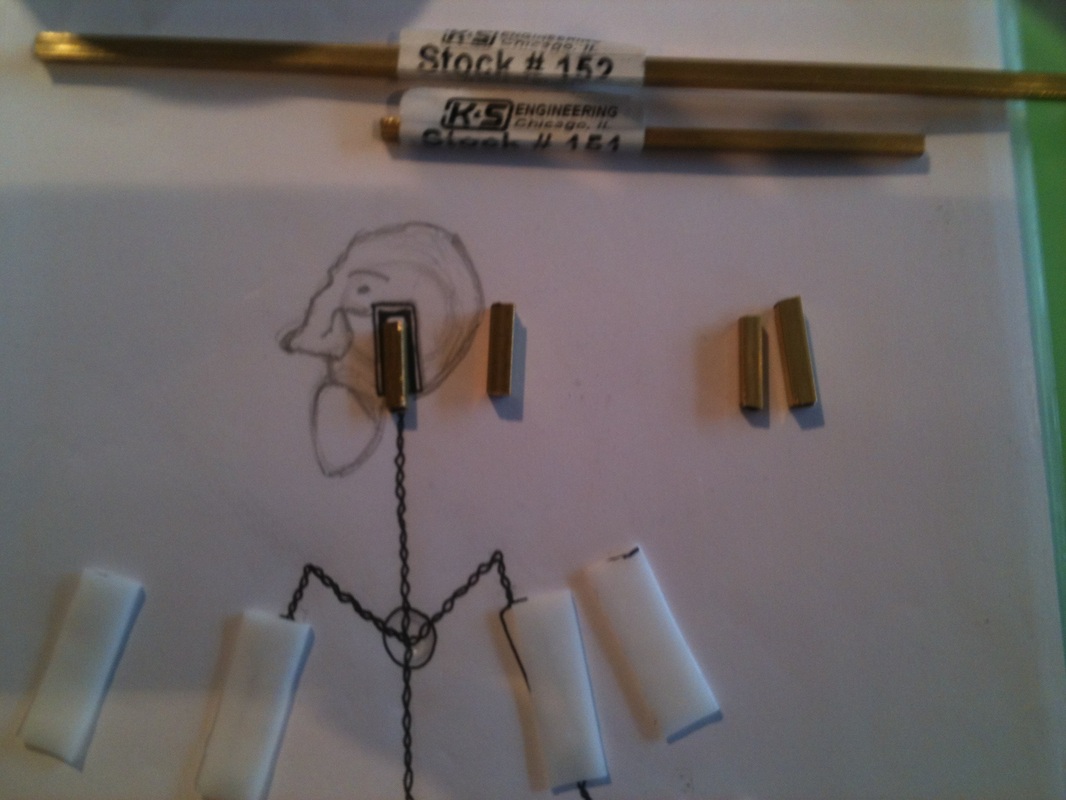
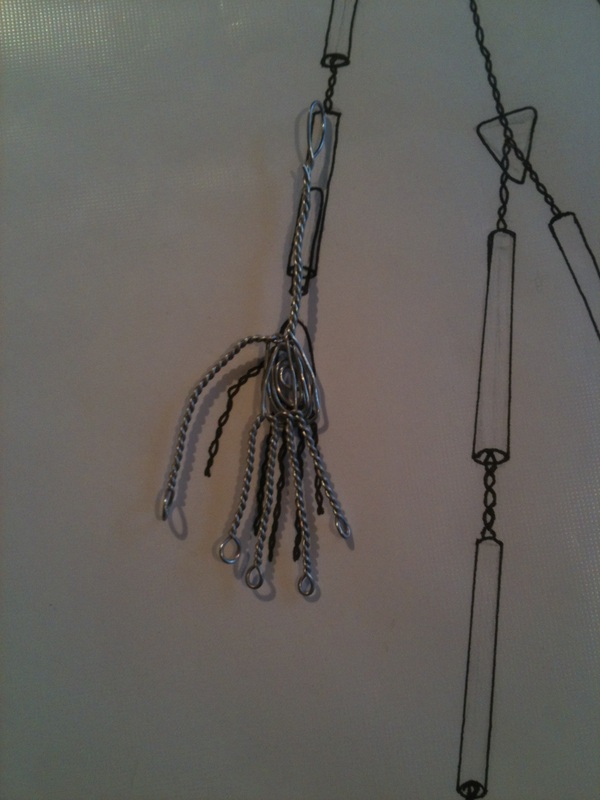
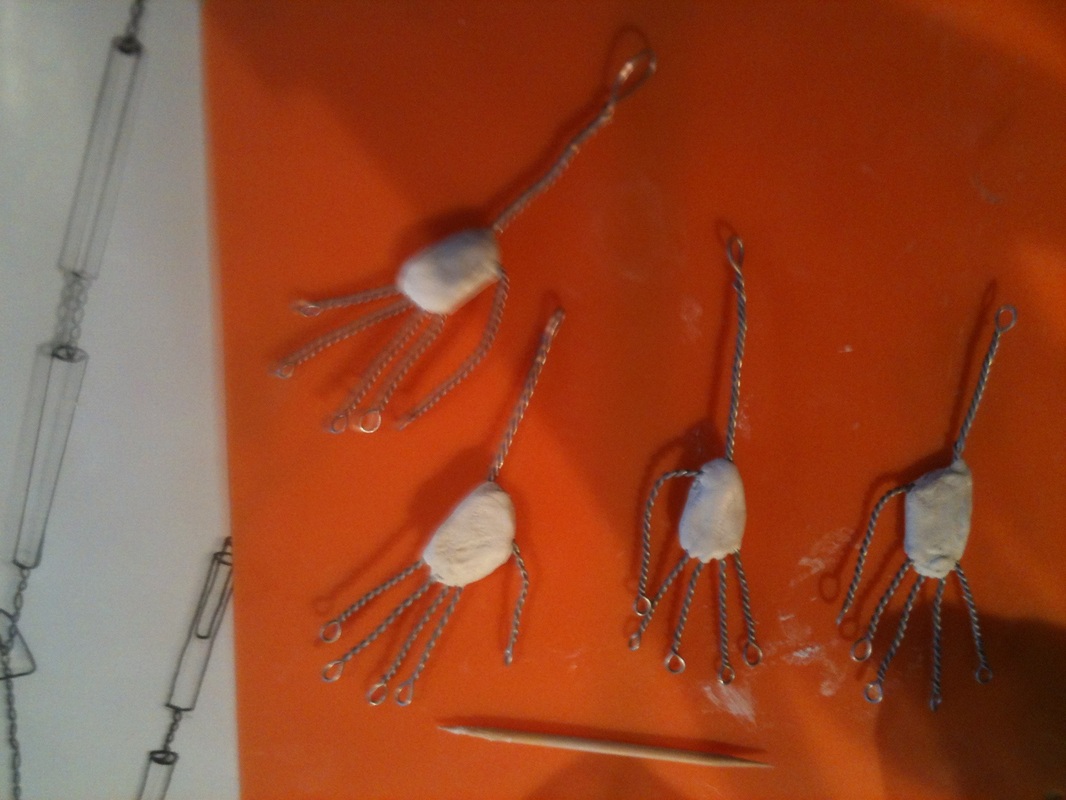
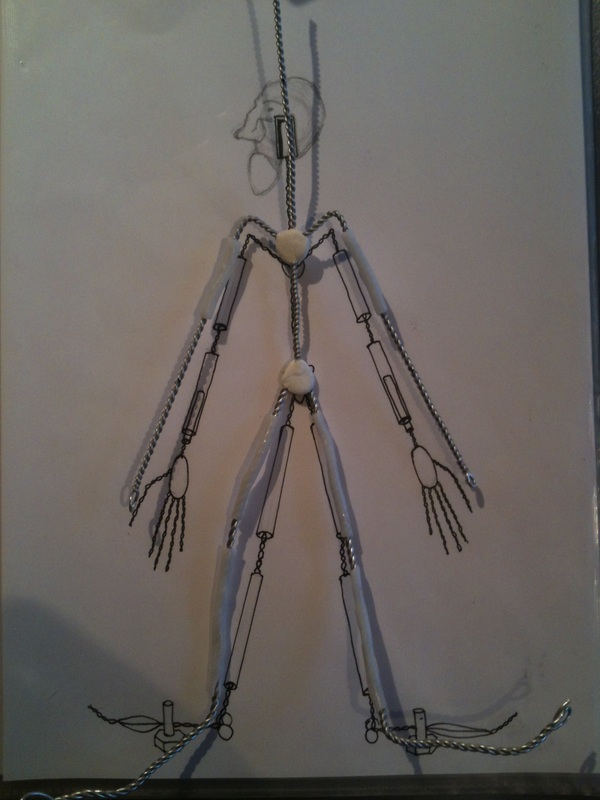
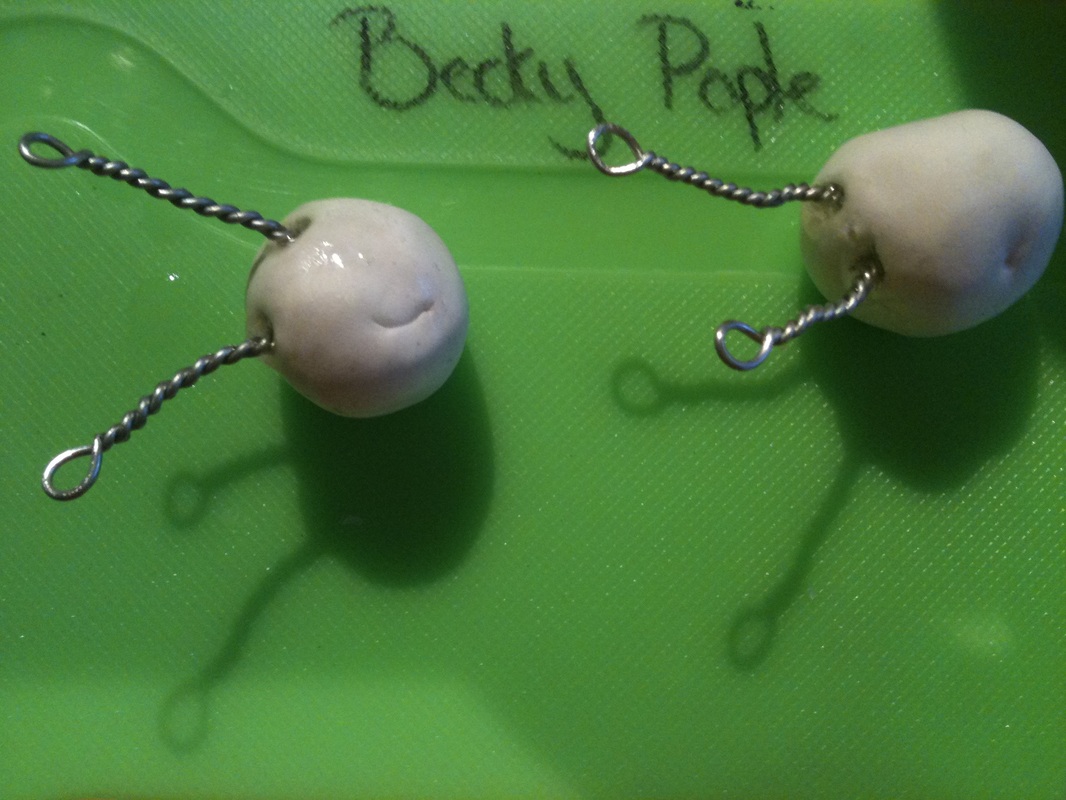
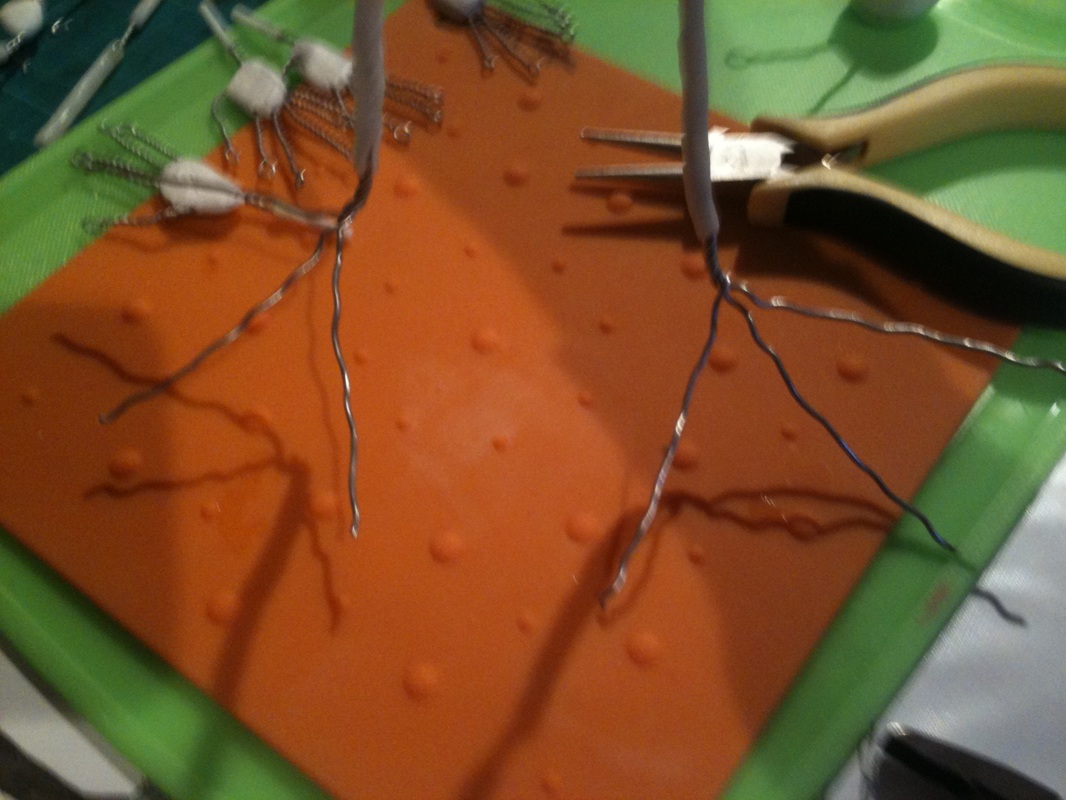
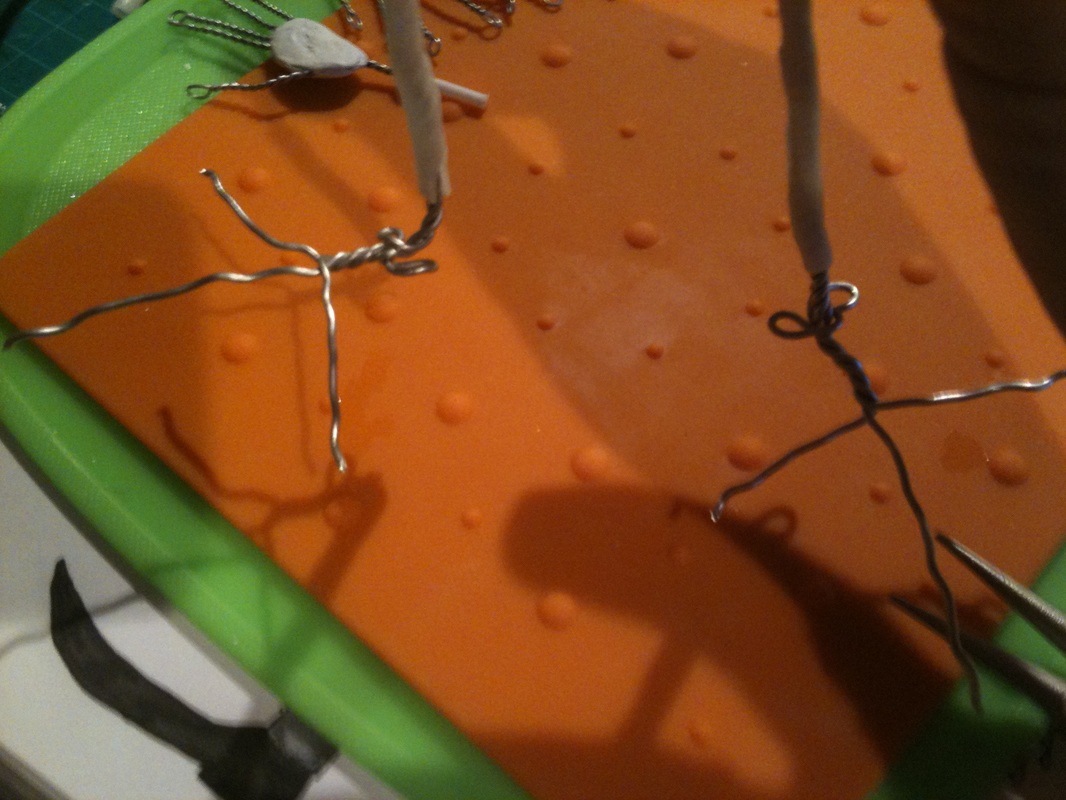
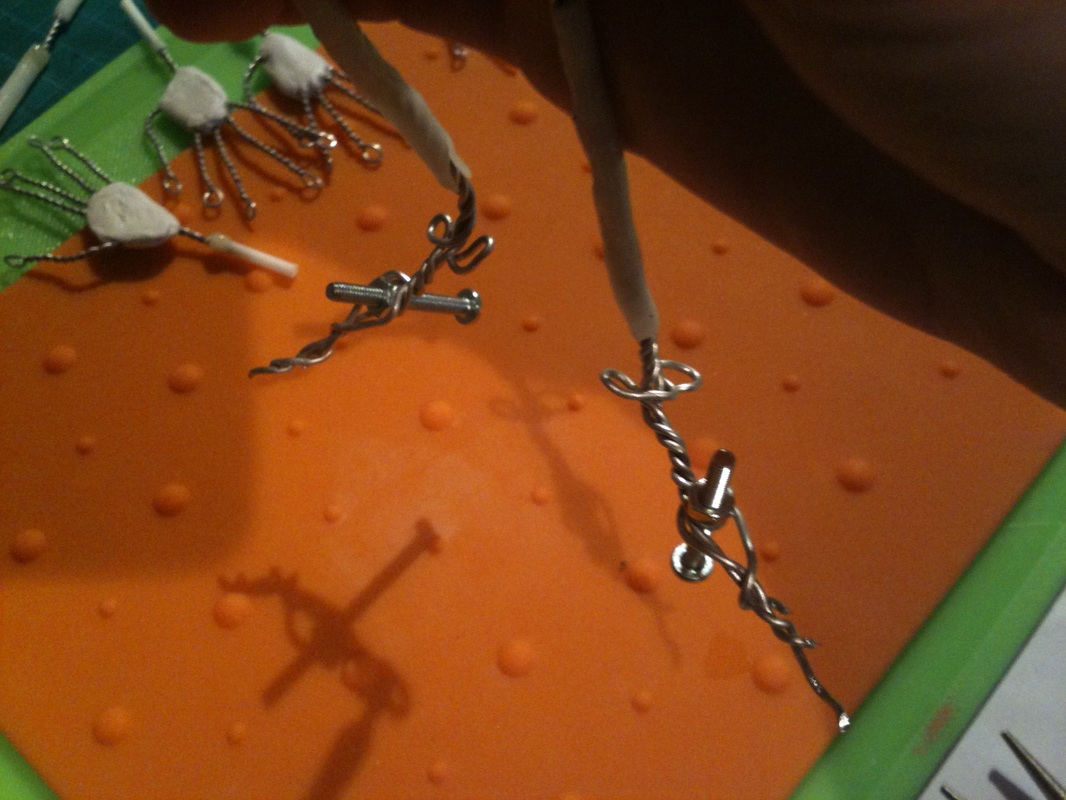
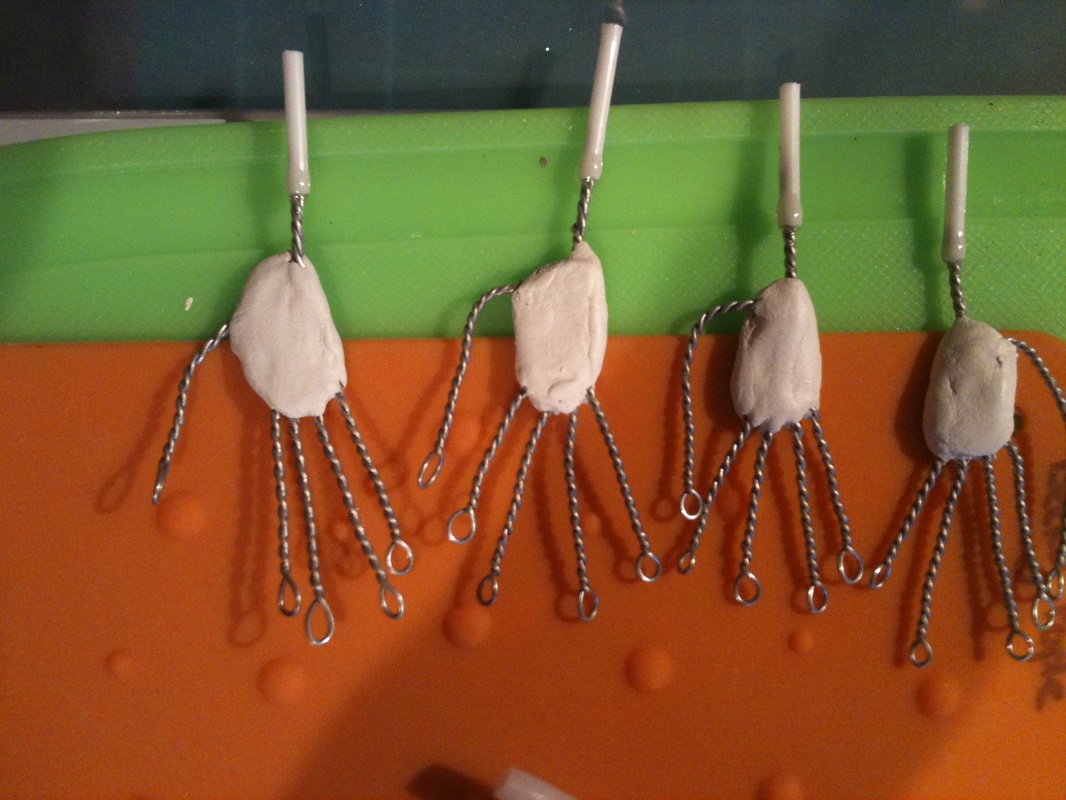
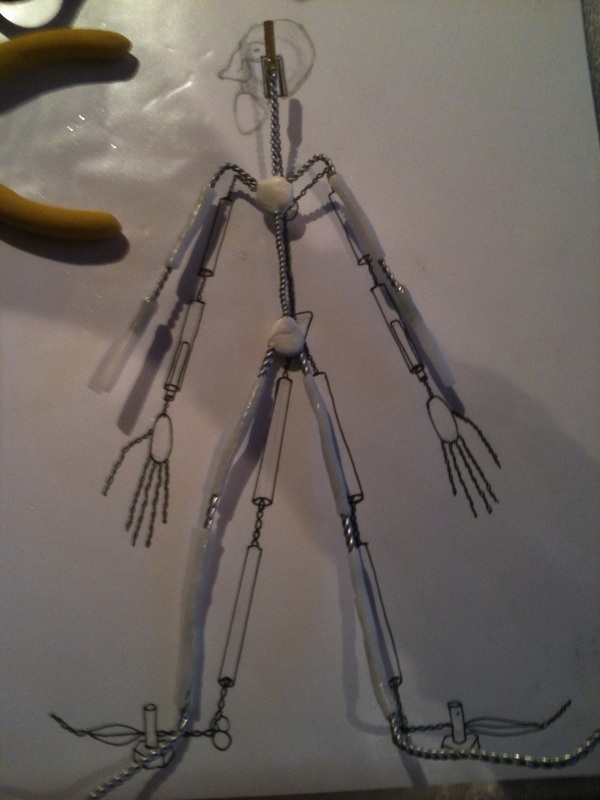
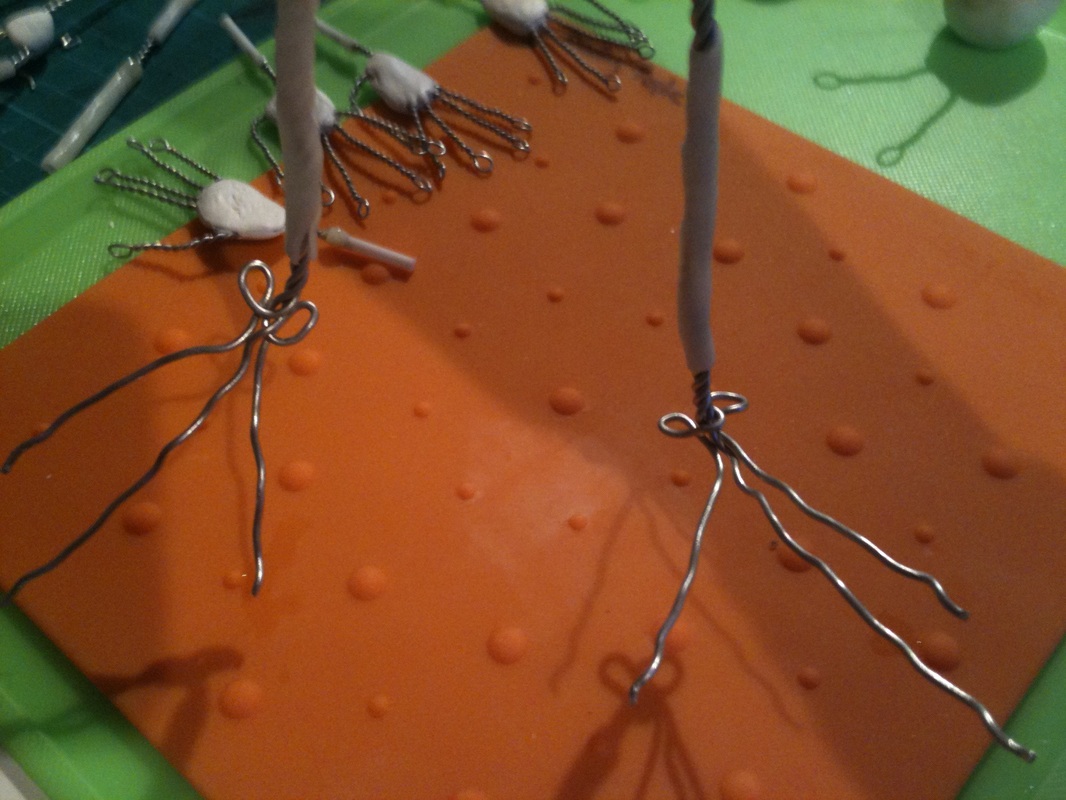
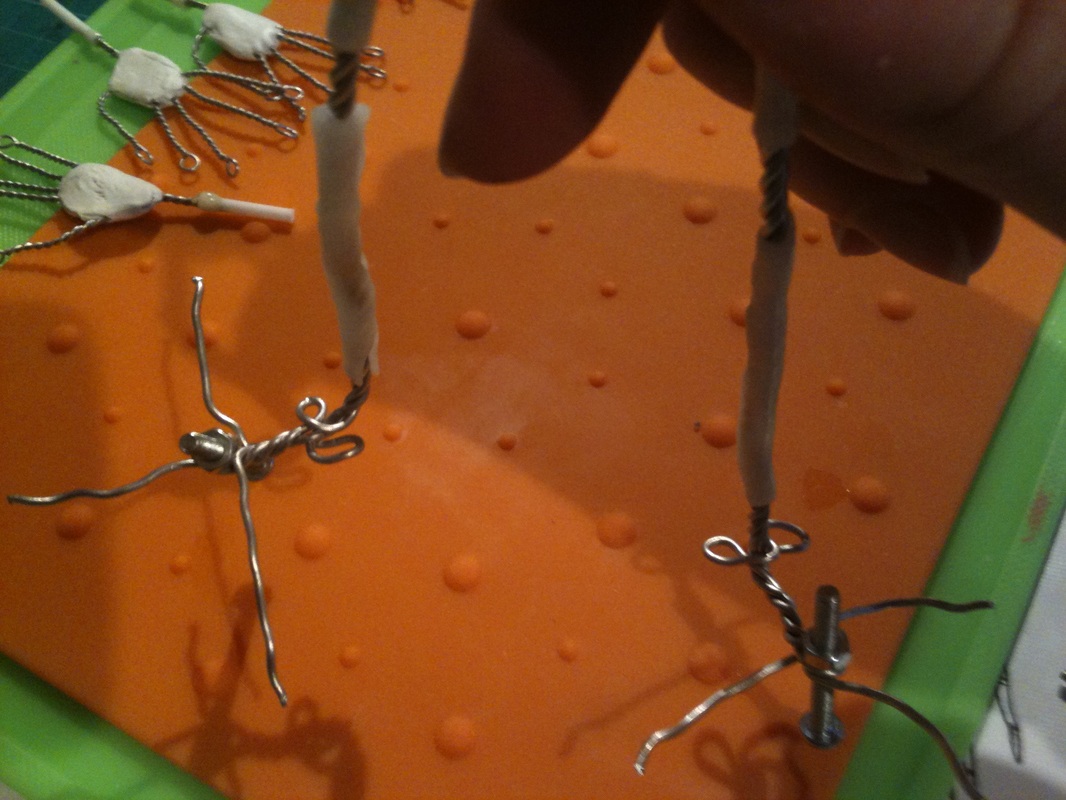
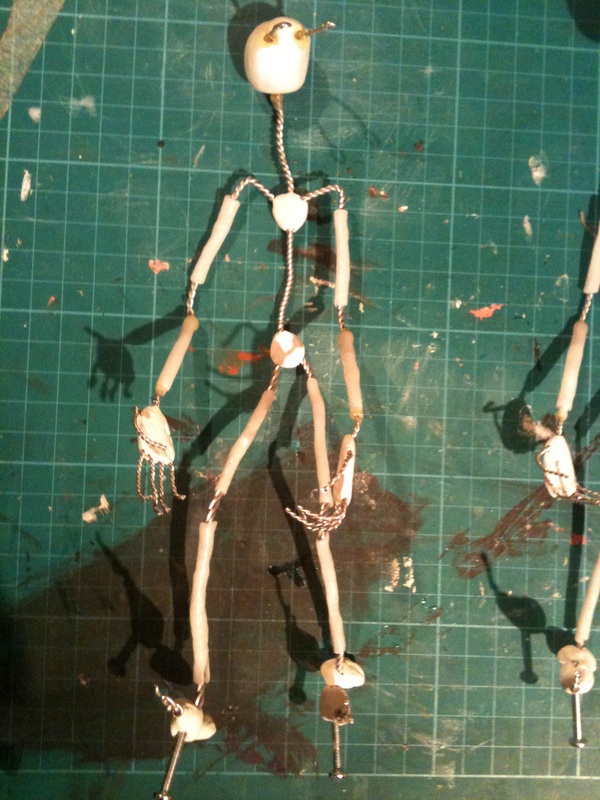
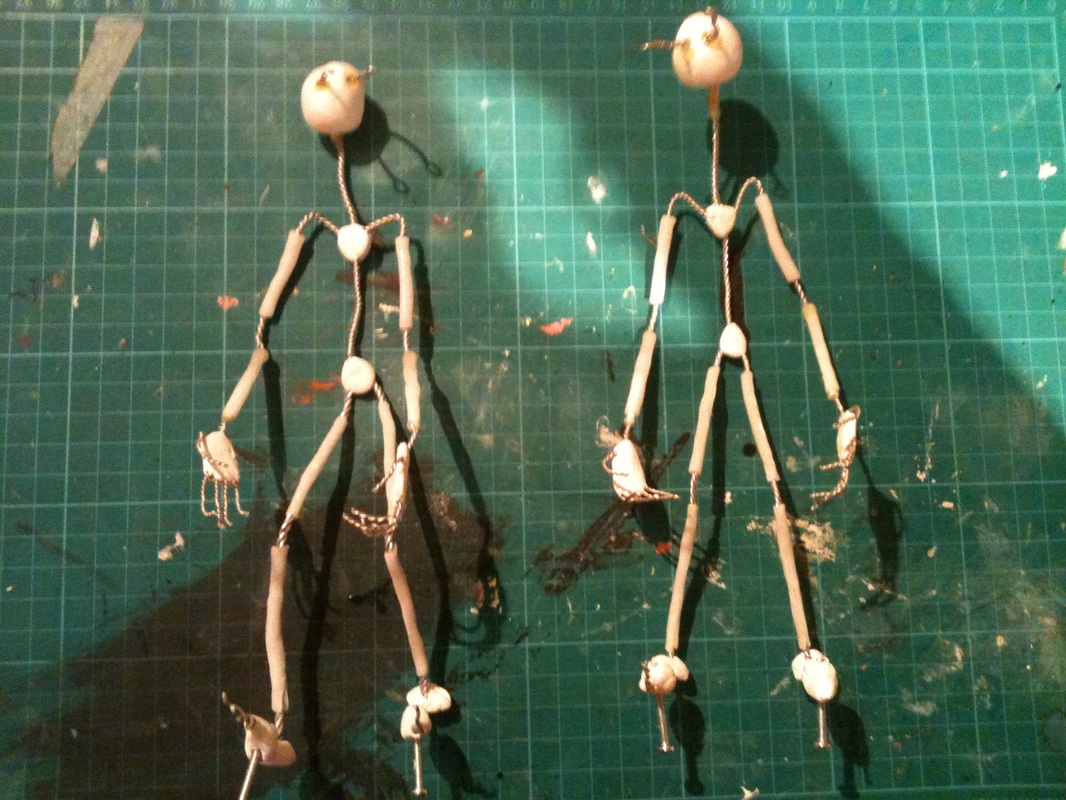
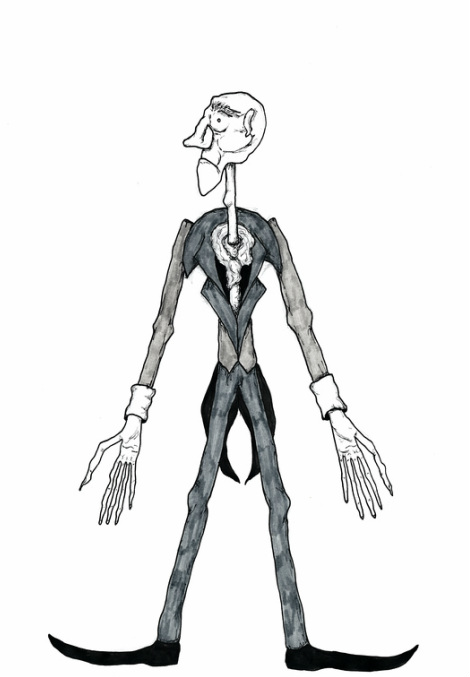
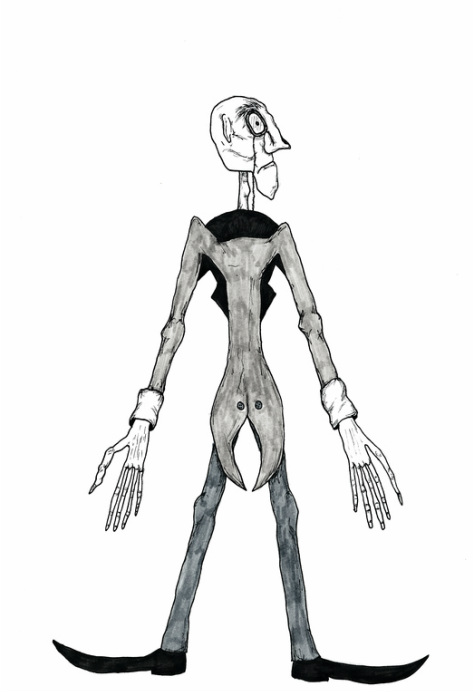
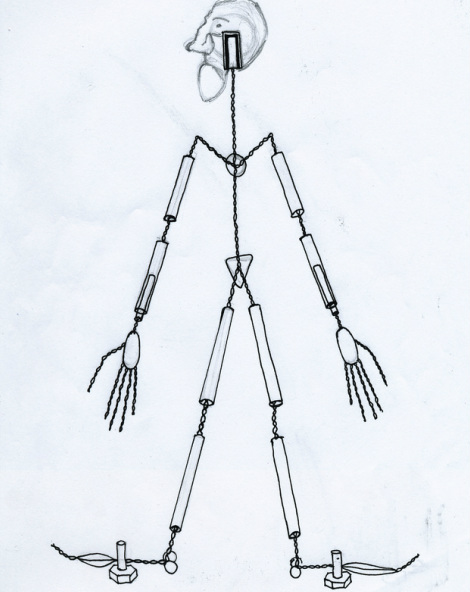
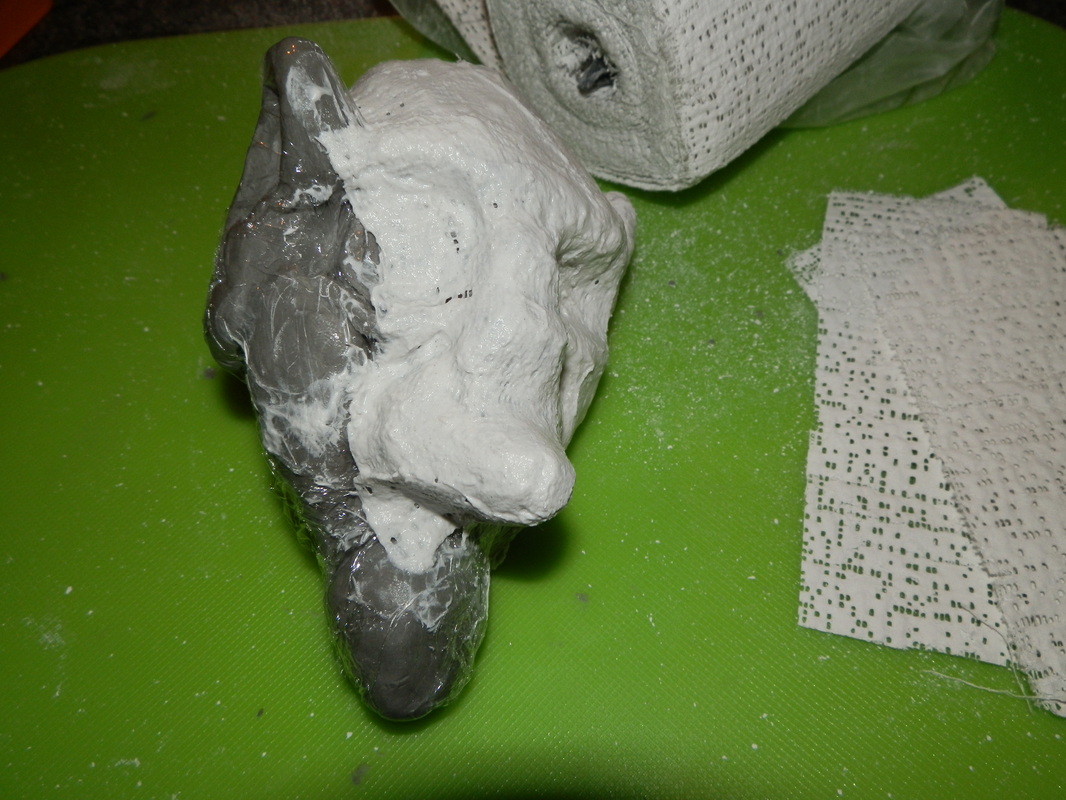
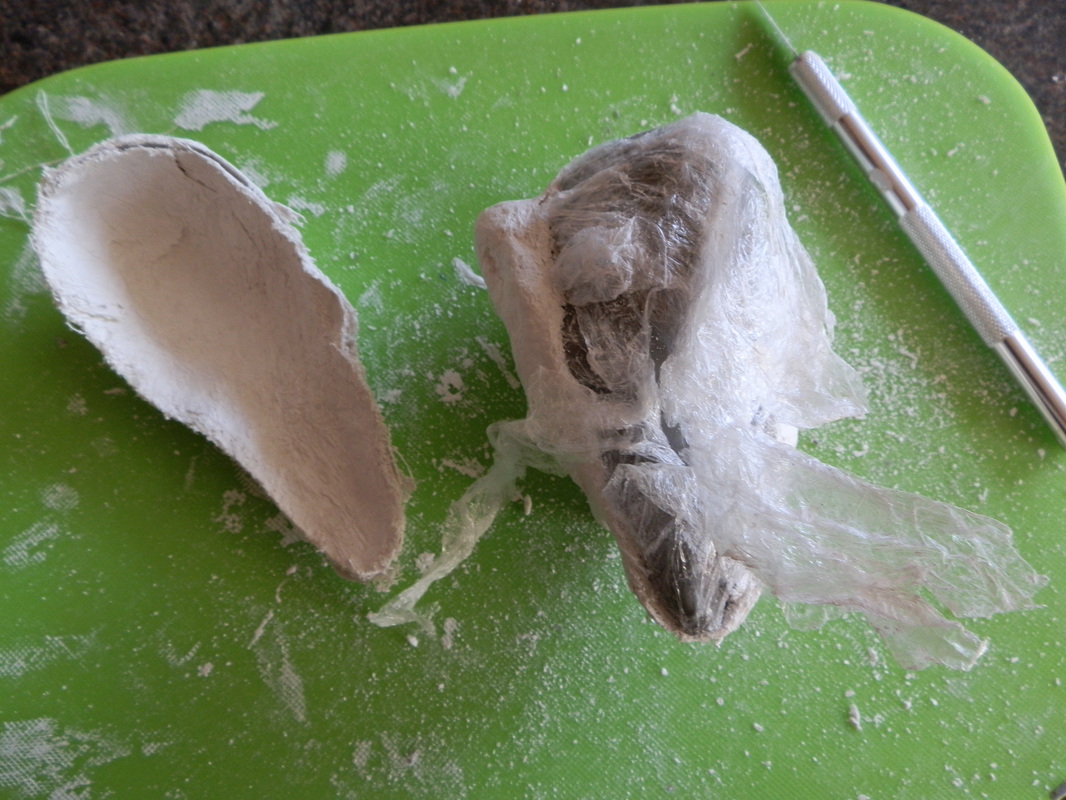
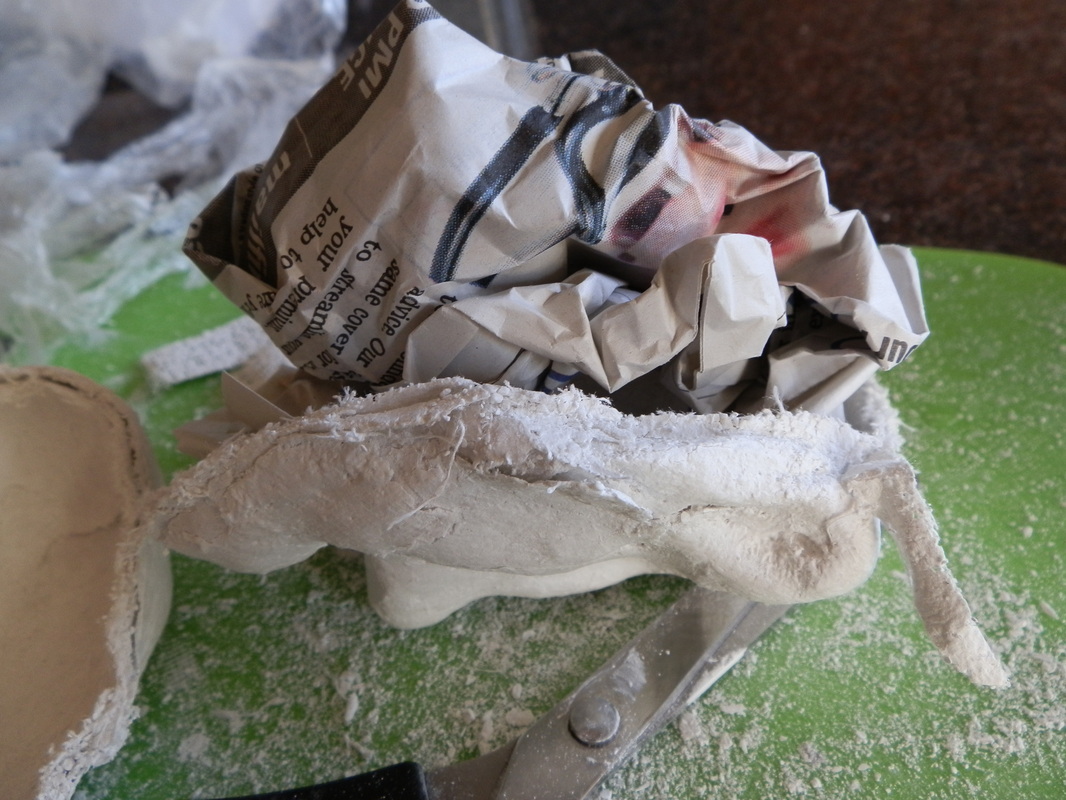
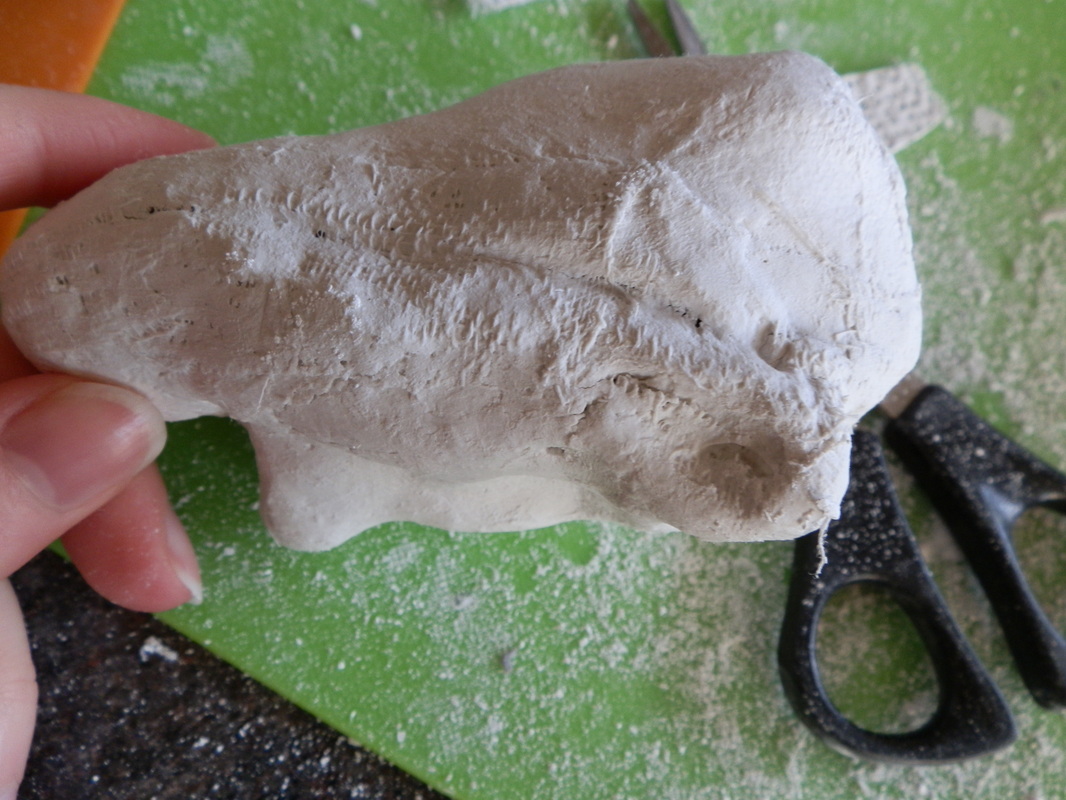
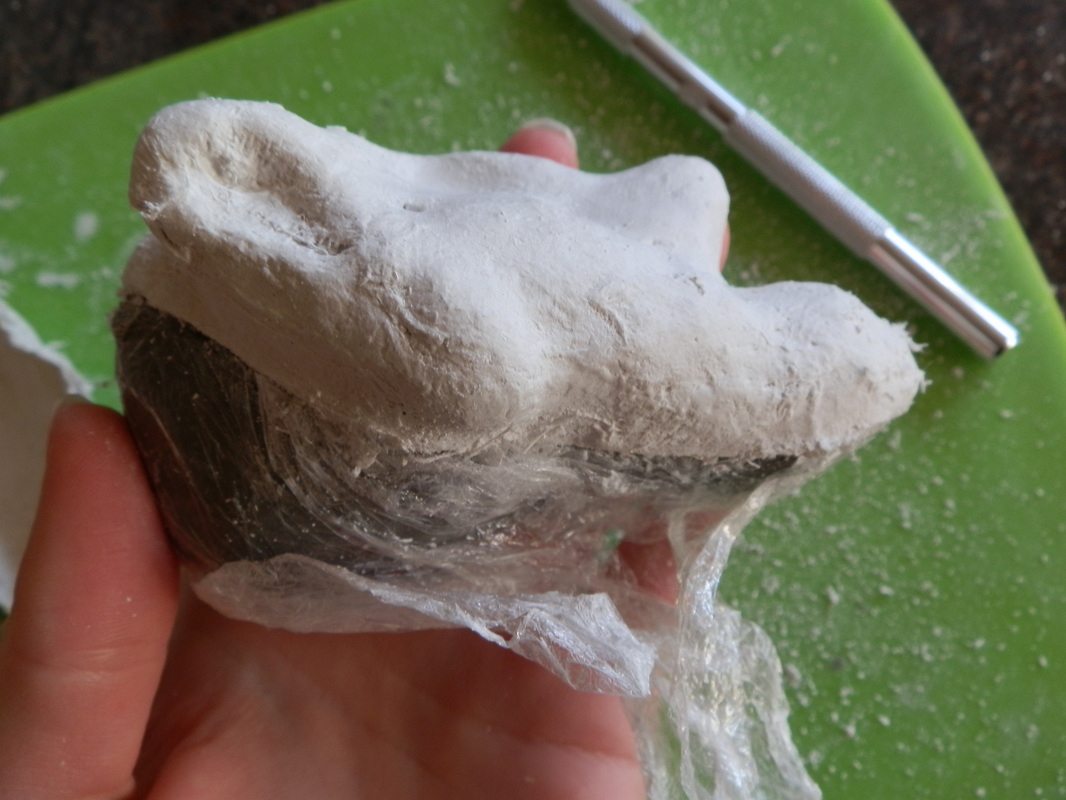
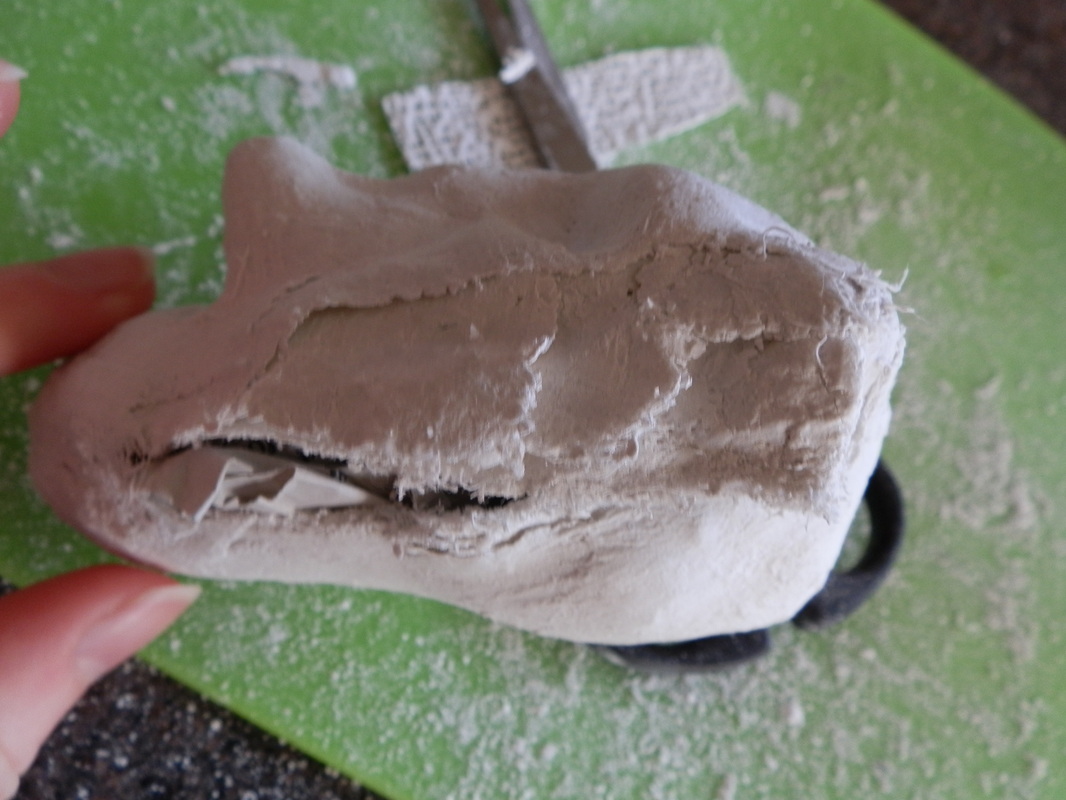
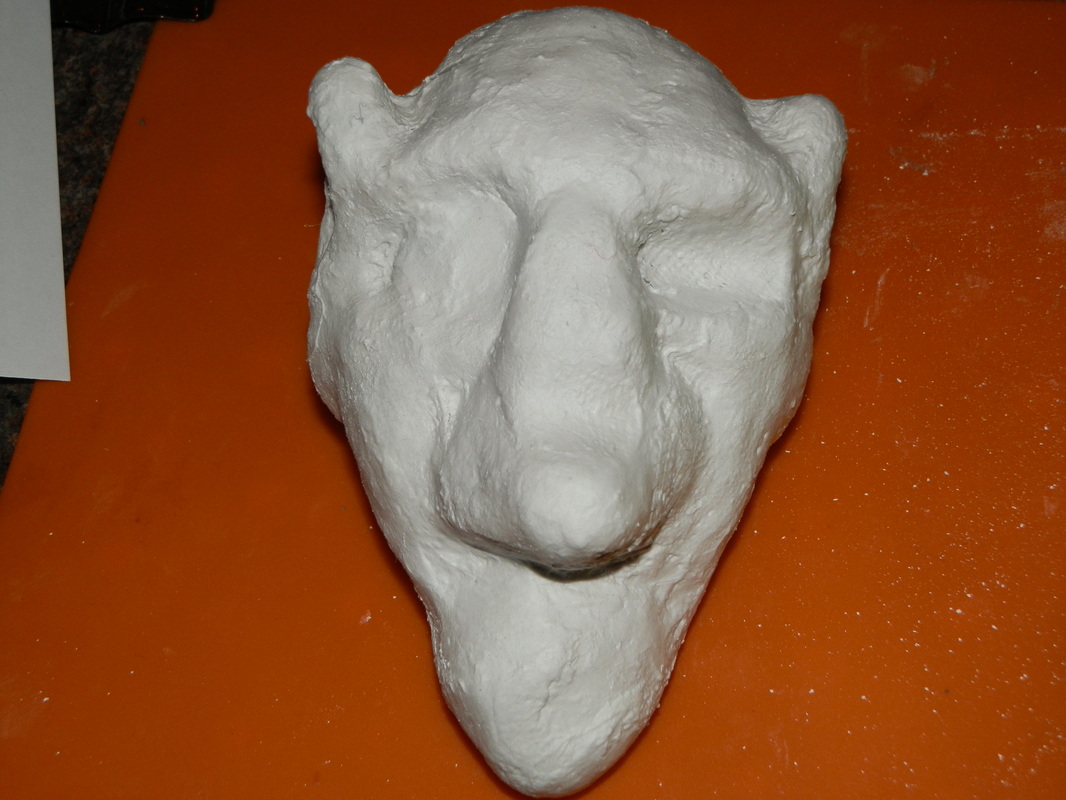
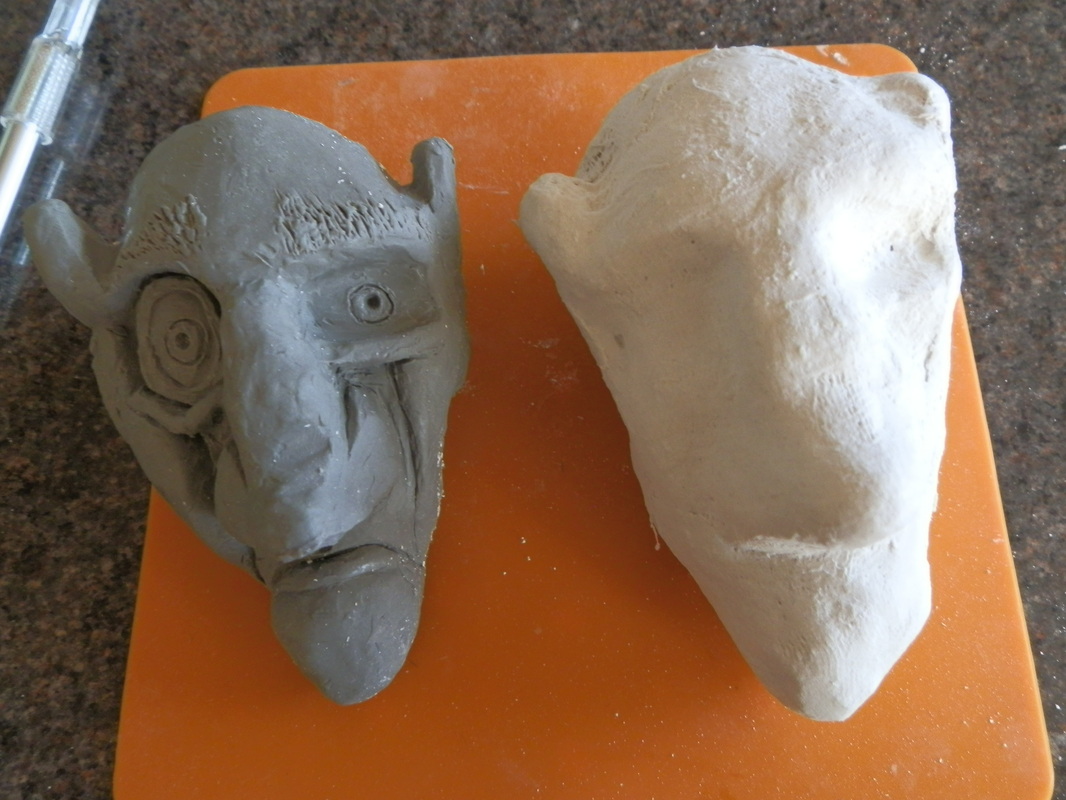
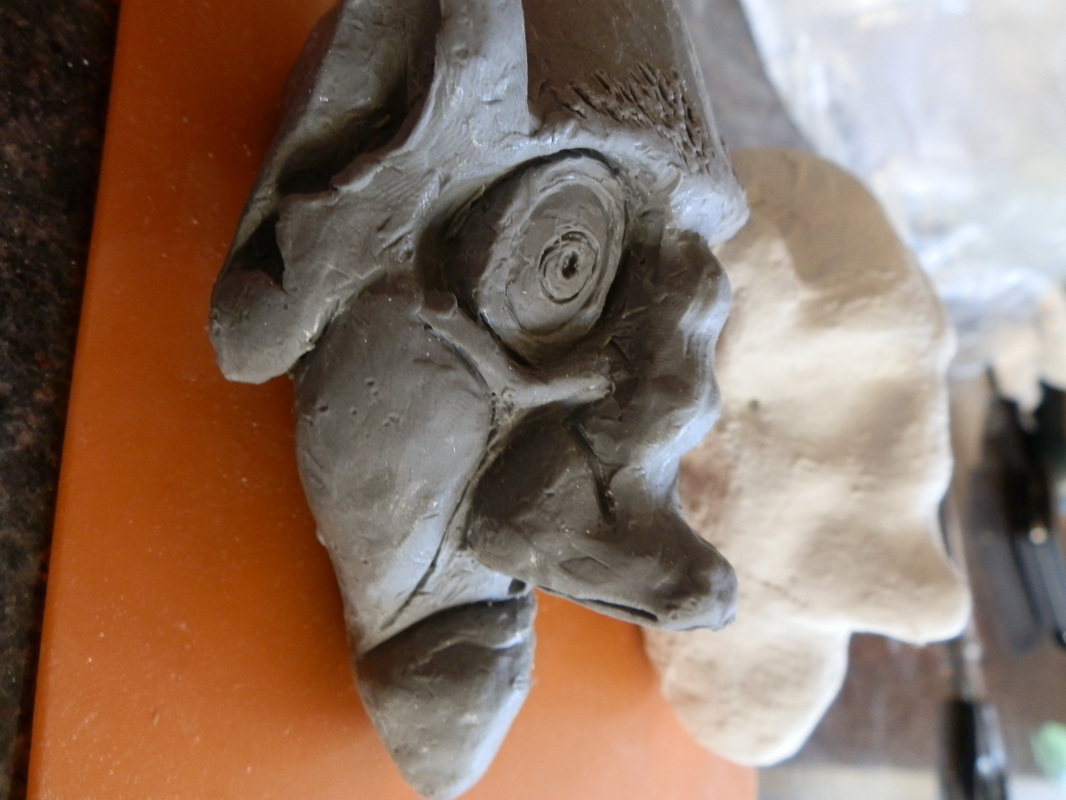
 RSS Feed
RSS Feed